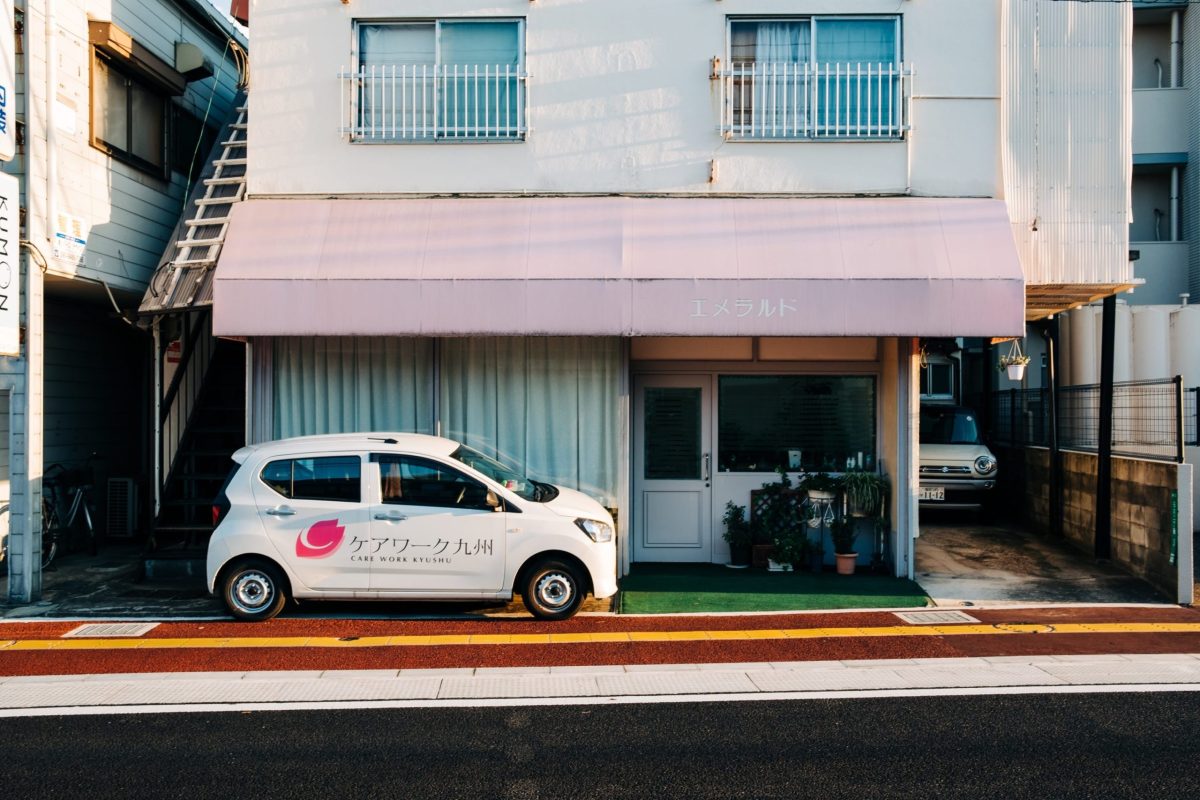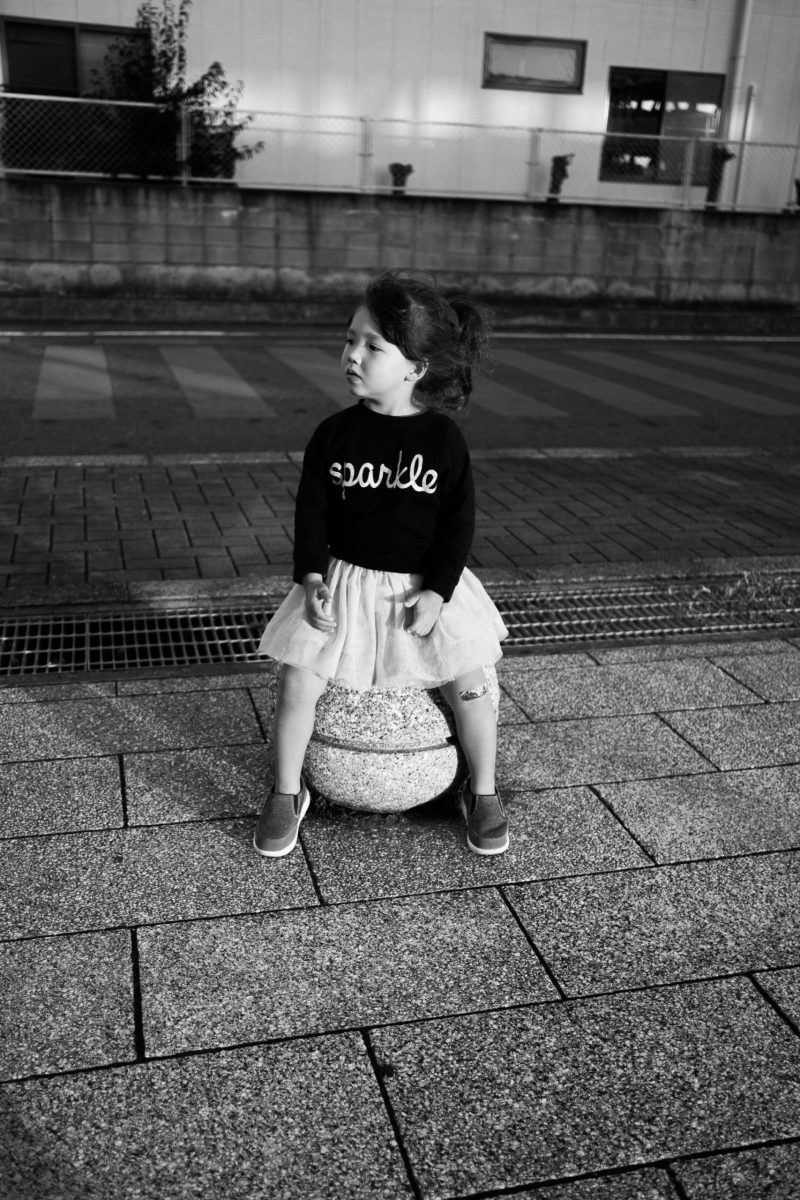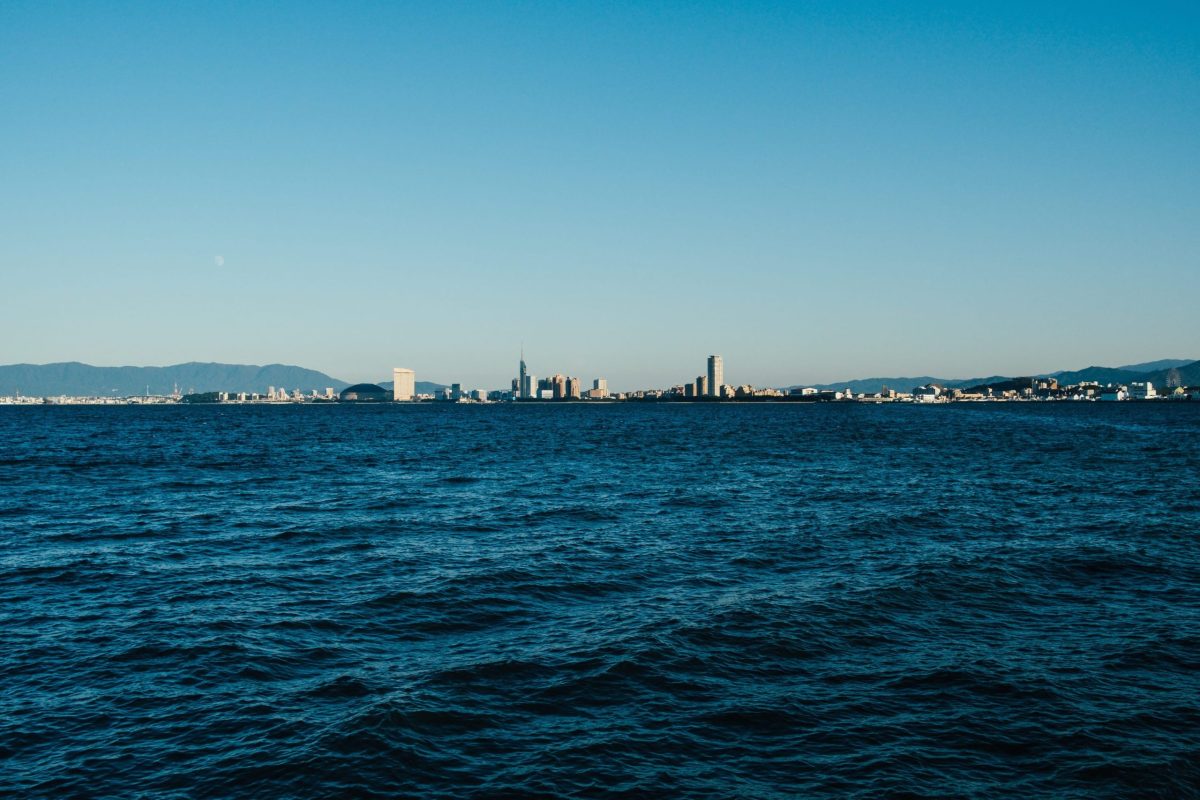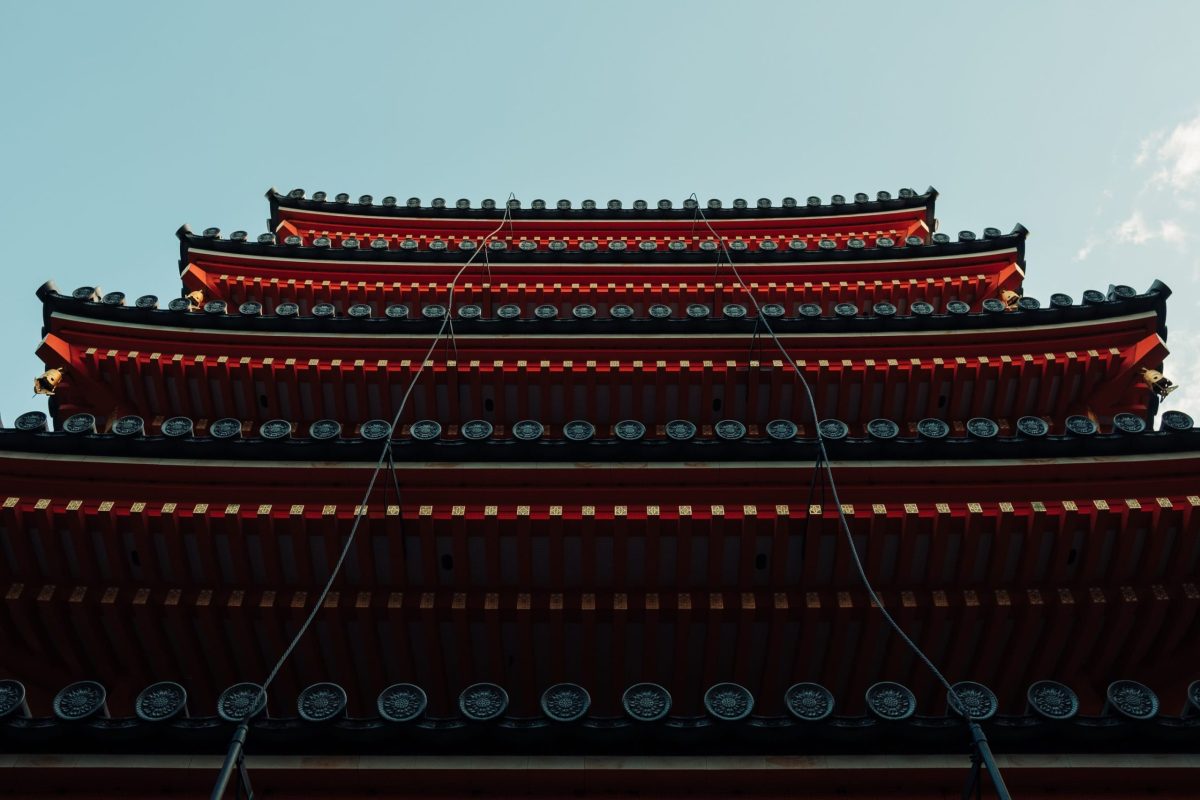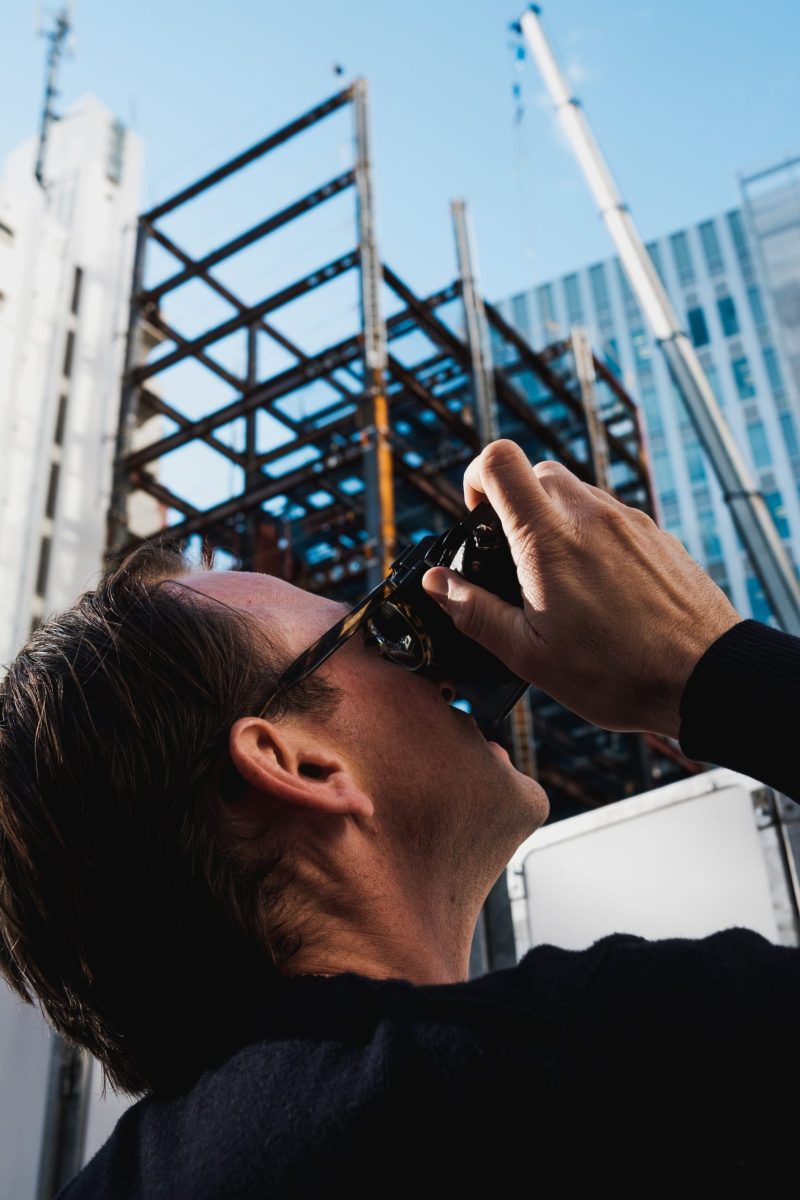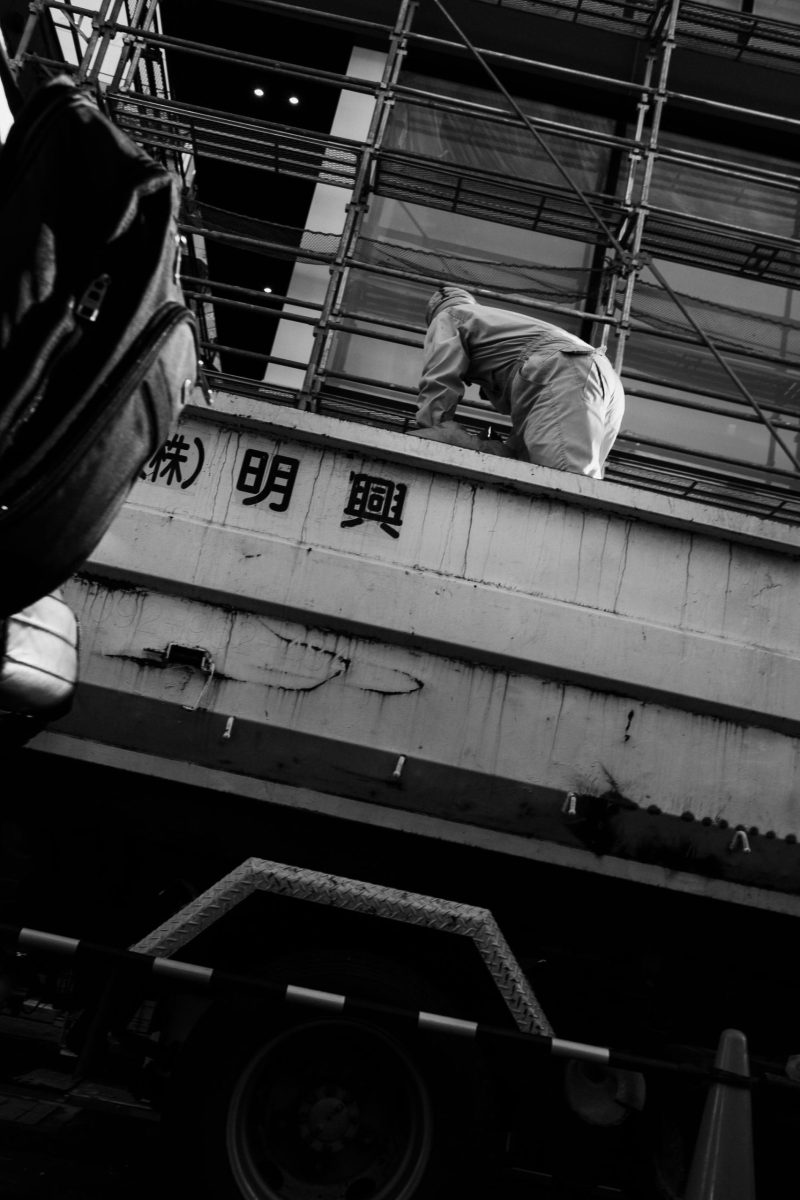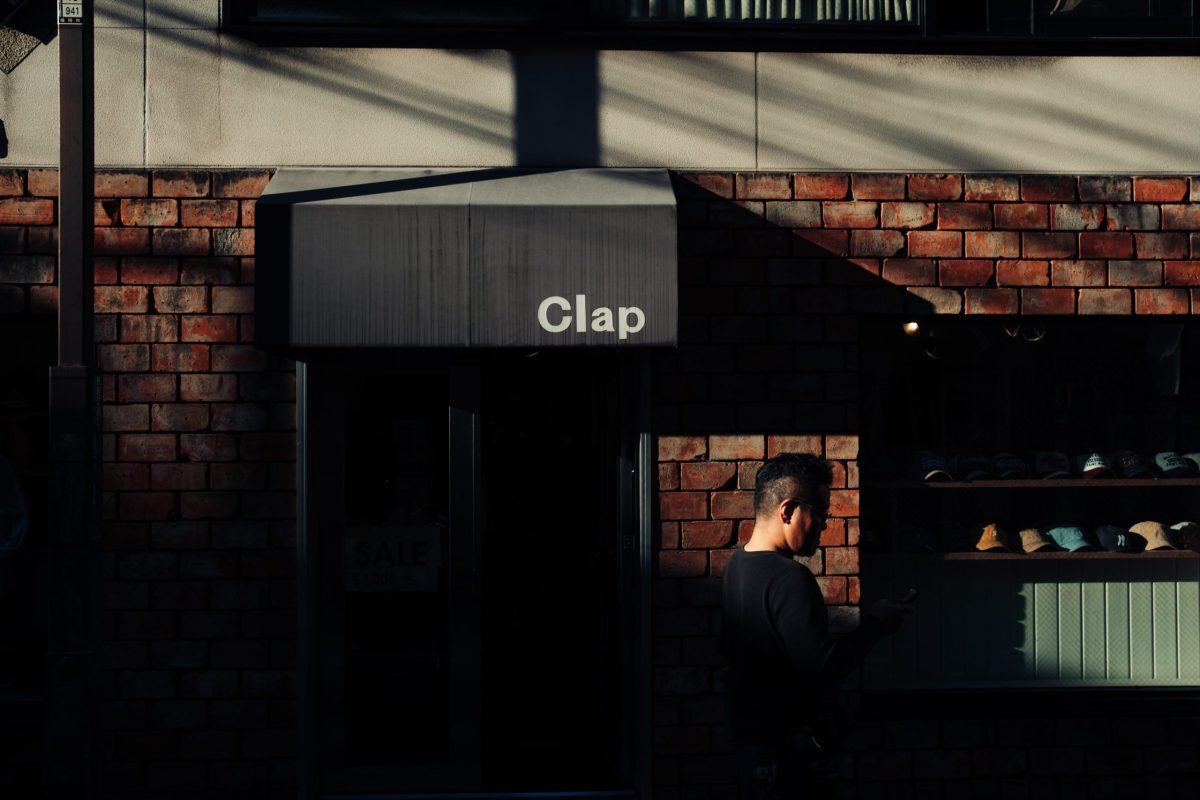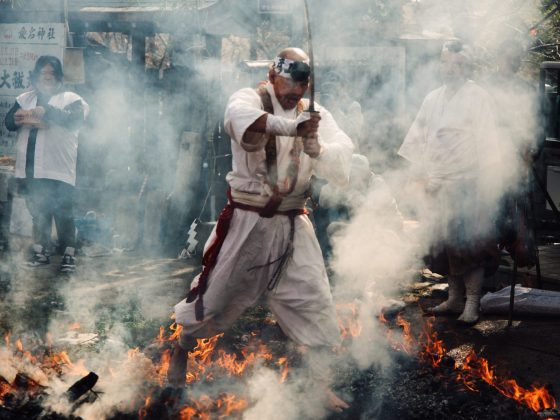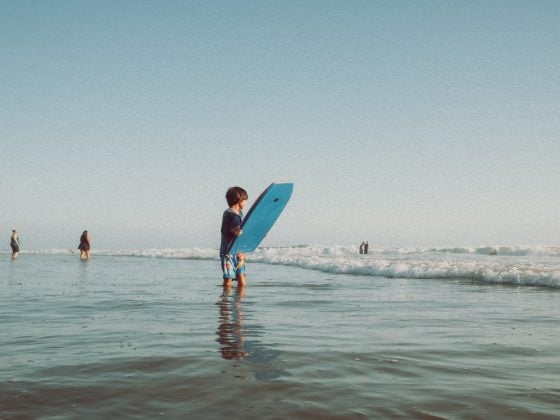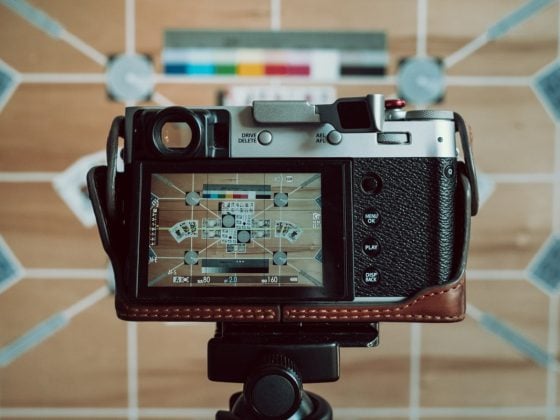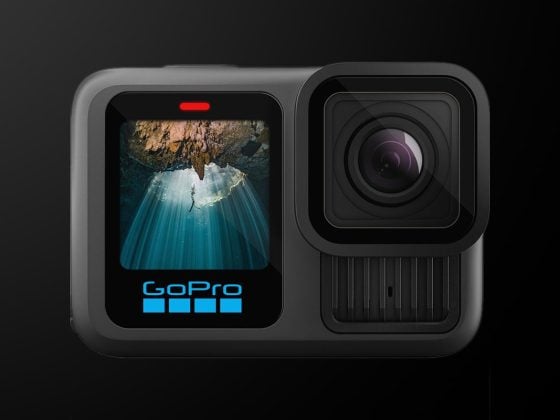The Fujinon 23mm f2 is a small, lightweight lens with a weather-sealed construction and an incredibly fast but silent internal focusing system. The f2 aperture with 9 rounded aperture blades produces very smooth bokeh when wide open, and the 10-element design with 2 aspherical elements corrects for most issues with chromatic aberrations, distortion, and vignetting while still maintaining a very natural and unique rendering.
It’s suited for photographers who need a fast, autofocusing compact lens that still produces outstanding image quality.
Lens Specs
Focal Length: 23mm, equivalent to 34.5mm on APS-C cameras
Aperture Blade: Rounded 9-Blades
Aperture: f2 – f16 third stop clicks
Elements: 10 elements in 6 groups | 2 Aspherical
Coatings: Super EBC Lens Coating
Minimum Focus Distance: – 8.66″ / 22 cm
Focus: Auto
Filter Threads: 43mm
Pros – Great Color, Great Contrast, Good Micro Contrast, Fast AF, Weather Sealed, Well Corrected, Small and light
Cons – Only f2, Vignetting at f2, Some coma and swirling bokeh along the edges, minor drop in sharpness in the corners
Fujinon 23mm f2 – Amazon / Adorama / BHphoto
Ultimate Guide to Fujifilm Lenses
Fujinon 23mm f2 Review | First Impressions
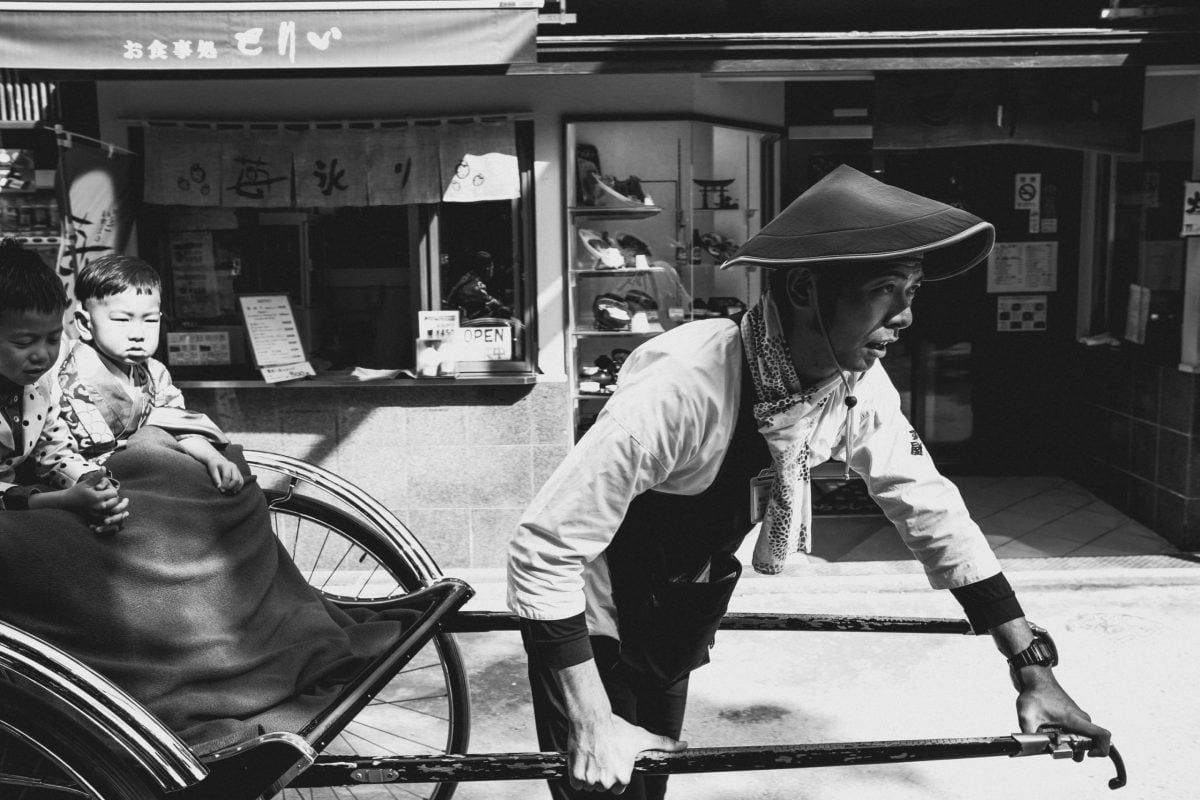
This is one of my most recent purchases from Fujifilm and I’m not really sure why I held off for so long. I read and watched reviews and pretty much everyone was favoring the 23mm f1.4 over this lens based on pure image quality. Often I hear this lens is clinical, more boring rendering, or that the 23mm f1.4 is the way to go if you have the cash.
While the 23mm f1.4 is a great lens, it doesn’t have what this lens has. Super quick autofocus, weather sealing, silent focus, compact, small and light. The 23mm f2 is a much better run-and-gun lens. I actually did a full comparison between the 23mm f1.4 and 23mm f2, so be sure to check that out if you’re on the fence as to which lens to buy.
In this review, I’ll explain what makes this lens great and why it might be a better option than the 23mm f1.4 for most people.
I’ve been shooting with this lens quite a bit and I pretty much always pack it in my bag whenever I go out to situations where I may need autofocus. It’s such an incredible lens. I would even go as far as saying it’s the best street photography lens for Fujifilm cameras. It’s got nice pop, great autofocus, really nice color and it really holds up at f2.
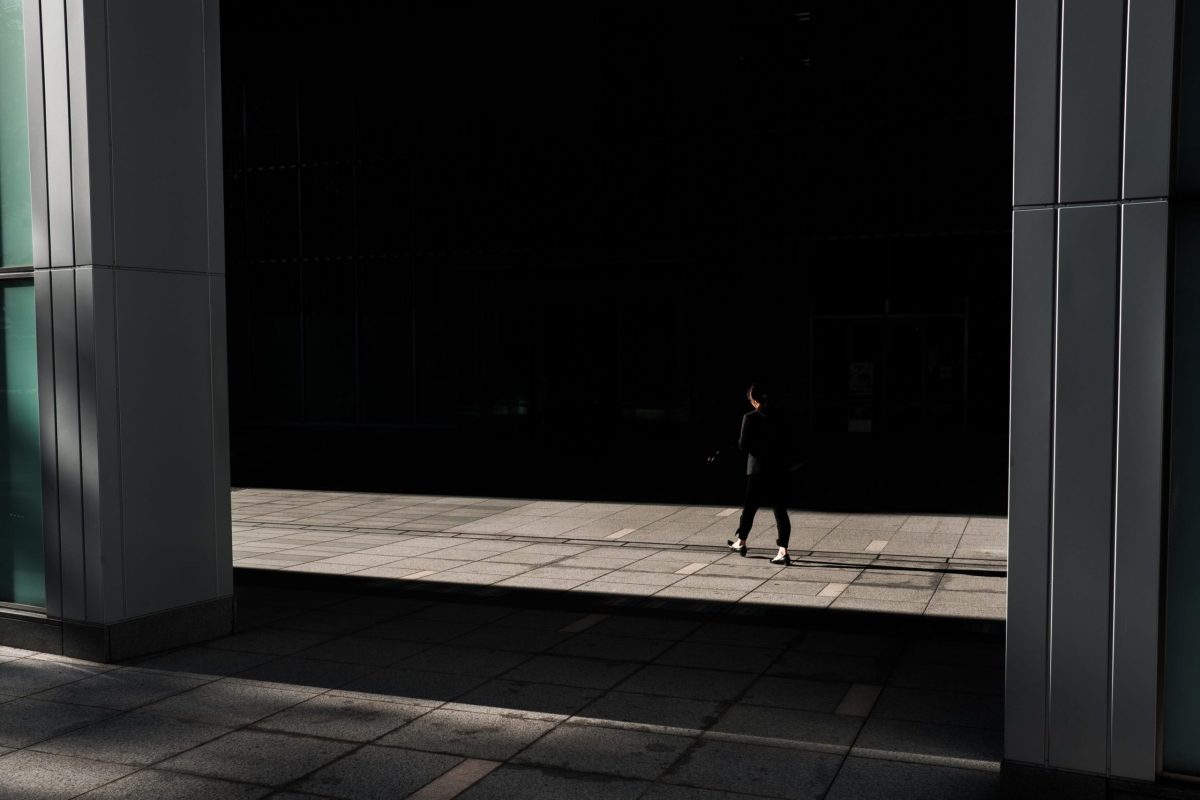
You might be thinking f2 isn’t fast enough, but I’m starting to have this epiphany where I’m discovering slower lenses are better for a lot of things.
The thing is, fast lenses are designed to have the best-looking bokeh at their fast or wide-open apertures. The apertures are rounded to look best wide open, but in so many situations f1.4 is just too much. Often you want f2, f4, or f5.6. And in those situations, you can really get better bokeh with a slower lens. For example, the Fujinon 60mm f2.4 looks way better at f2.4, than the 56mm f1.2 lens does at f2.4. Anyone who has the 56mm f1.2 knows you can’t go around shooting everything at f1.2, it’s just too much. The 56mm f1.2, is for the most part a low-light or studio lens.
So, for street photography or shooting kids cracked out on sugar, you’re often shooting at smaller apertures like f2 or f4 just to get better focus and sharper images. The focus mechanism also has to move less glass on the smaller lenses, which is why you get such great performance with the 23mm f2 focusing system.
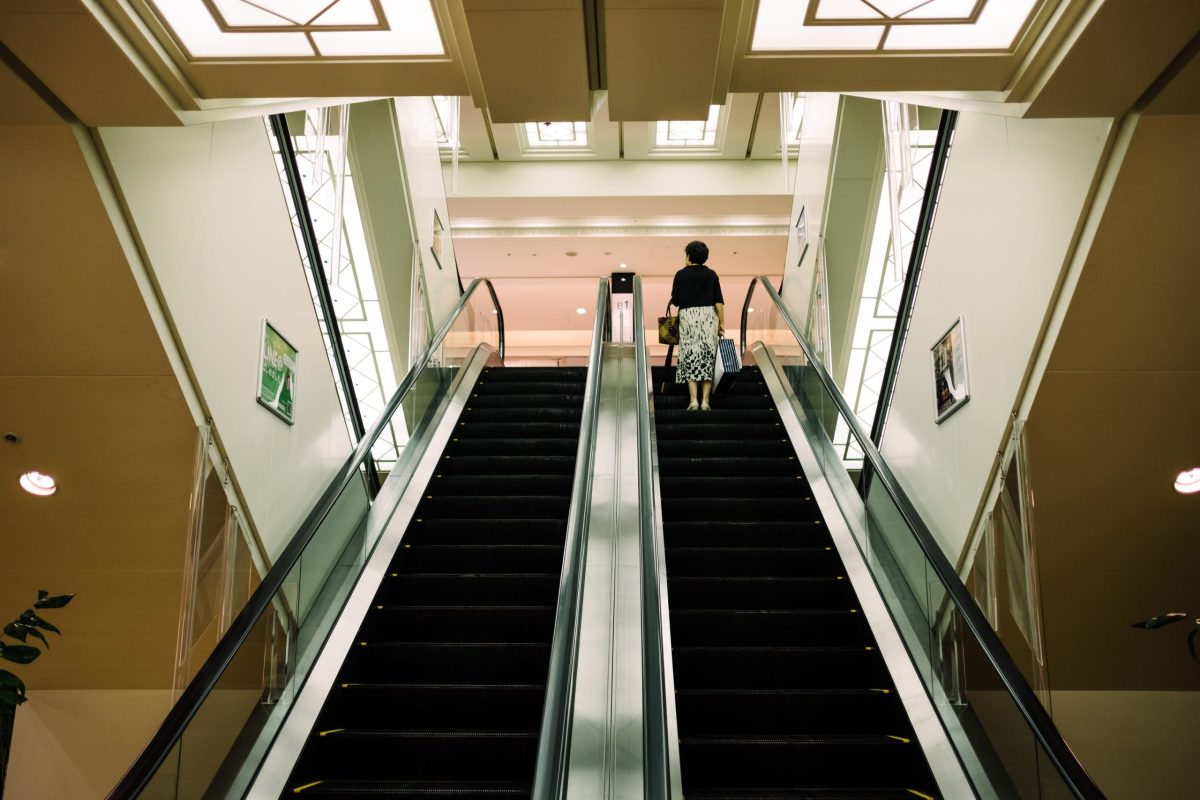
Overall, I’m very impressed with this lens. I like it a lot. It’s got softer corners and edges than the 23mm f1.4 and a bit more coma, but for run-and-gun street photography or just going on adventures with the kids, it’s one of the best lenses for the job, if not the best lens.
If you’re wondering, it also outperforms the 23mm f2 on the X100F. But that’s not exactly apples to apples since that’s a different beast altogether.
Build Quality
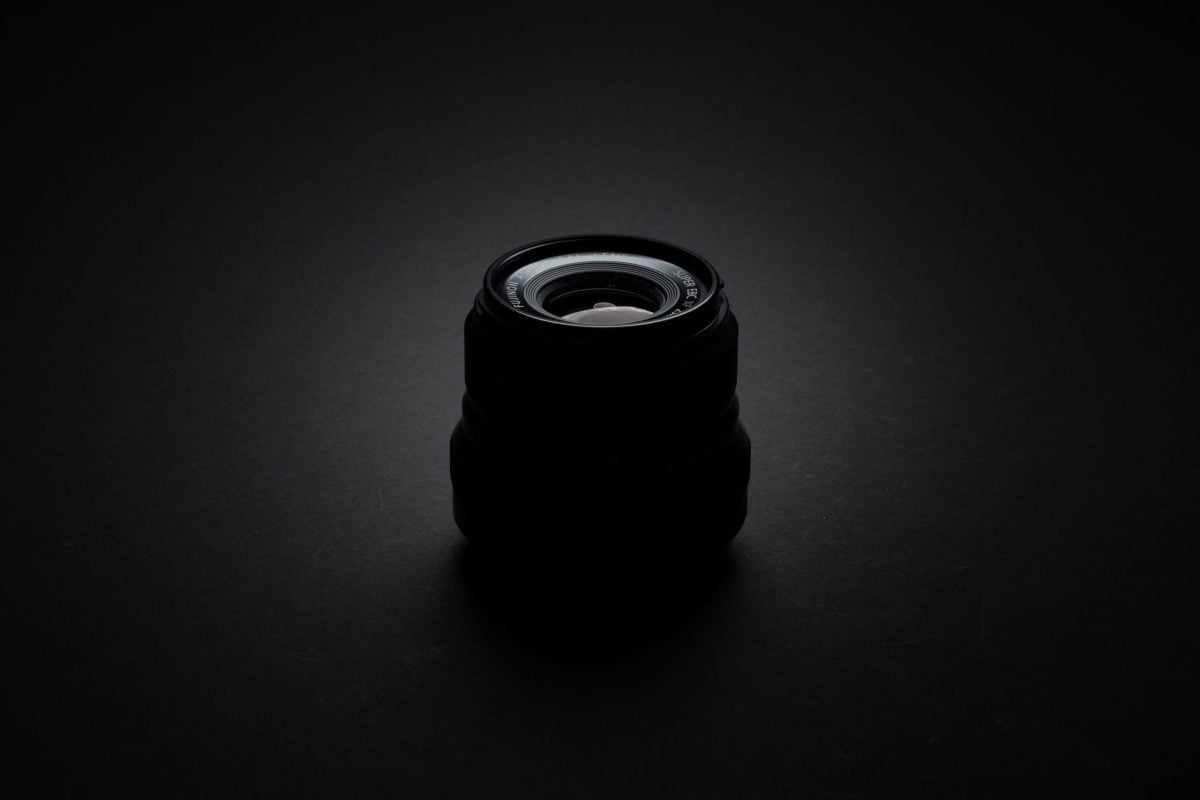
The build quality is fantastic. The lens is solid, weather-sealed, small, and light. I don’t like the lens hood lens cap situation. In fact, I hate it. I hate that you have to mount the lens cap onto the lens hood. The 35mm f2 does this, too, and it’s such a terrible design since it’s always popping off. I spend half my time chasing my lens cap with this thing.
So now, I’m removing the lens hood because the lens cap mounts better to the lens. You don’t need a lens hood anyway because the coatings are really good, and the lens hardly flares.

But anyway, this lens is solid. The 23mm f1.4 is a lot more fragile than this lens because of its design, and you can mess it up pretty easily just by dropping your bag with the lens inside. Overall, these f2 lenses by Fujifilm seem like they’re a bit more rugged since the elements are smaller and lighter, excluding the 90mm, of course.
I can beat this lens up a bit and not have issues. I’ve even dropped my 50mm f2 and 35mm f2 on concrete from waist-high, and everything was okay—by accident, of course, and I don’t recommend doing that.
Basically what I’m trying to say is, that you won’t have a baby with this lens the same as you would the 23mm f1.4, the 56mm f1.2, or the 16mm f1.4, making it a great lens for hiking, camping, biking, or whatever adventures you could throw at it.
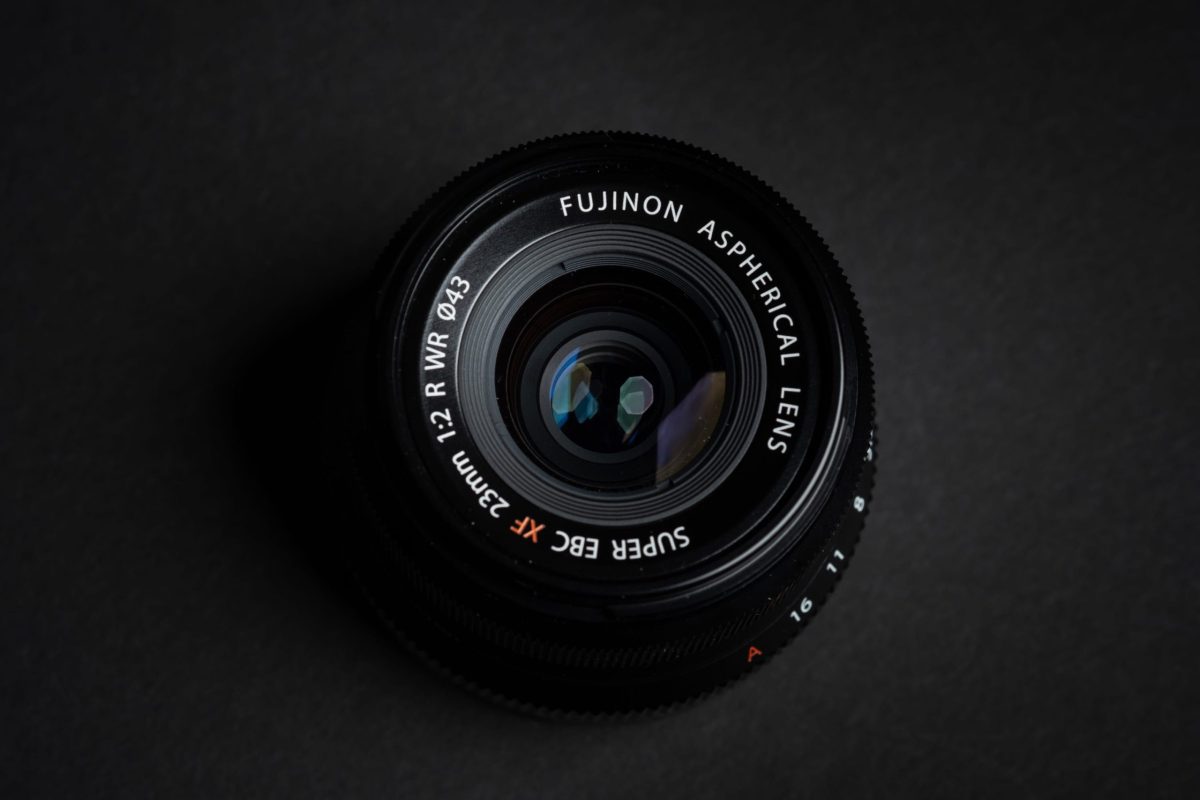

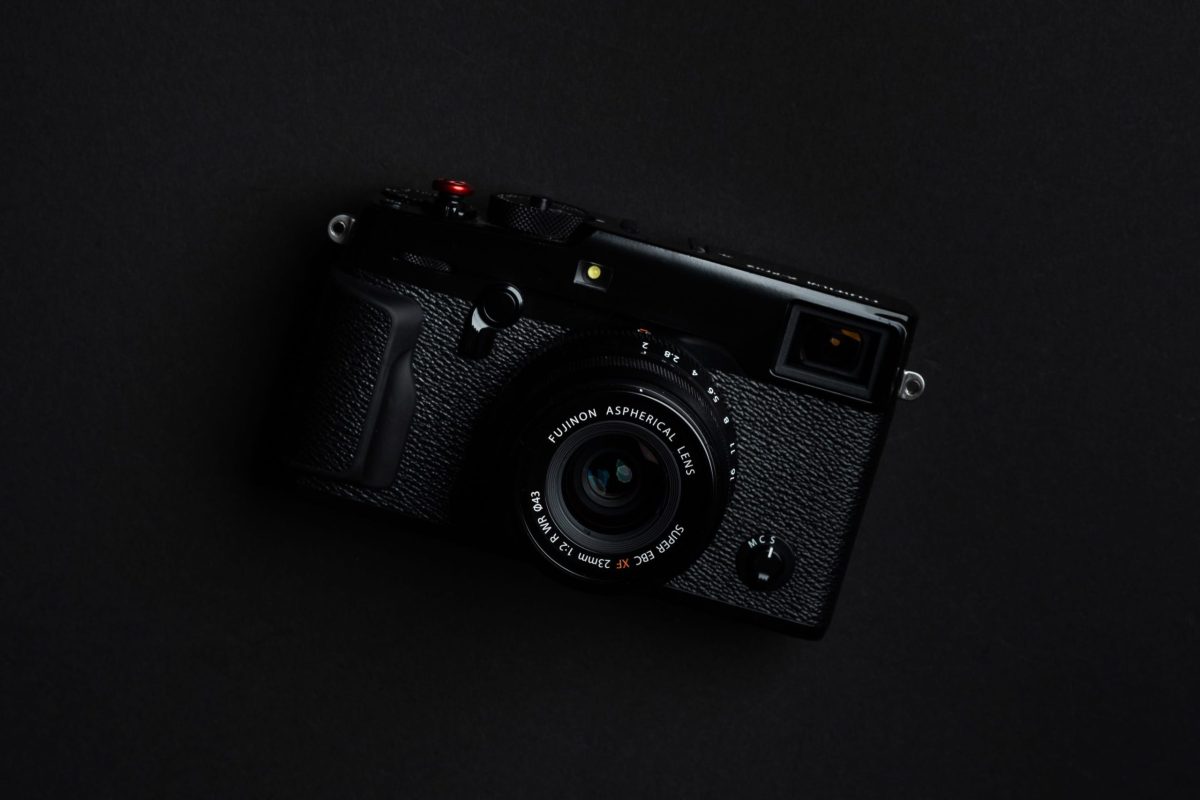
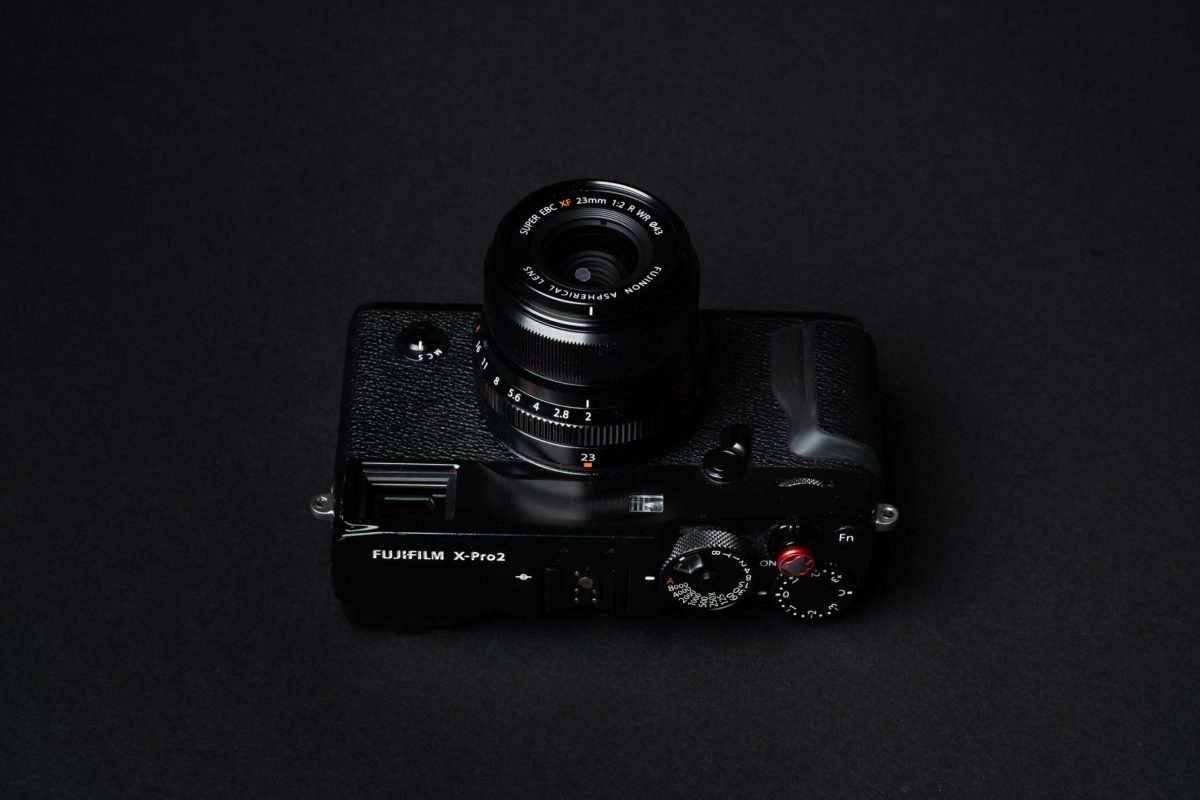
Fujifilm 23mm f2 Review | Technical Overview
The lens is good but not great when looking at all the pixel-peeping tech stats. Fujifilm could have likely made a perfect f2 lens, but it would have been a lot bigger and used more elements, and you would likely have lost some of that pop. Instead, they made a smaller, light lens with a more natural rendering but less-than-perfect corners and edges. The 23mm f1.4 will definitely outperform this lens with a lot of the technical characteristics, so it will be a better landscape and studio lens.
Sharpness
Center sharpness is pretty good and it really shines at f4-f8. It’s softer at f2 and f2.8, but that is to be expected.
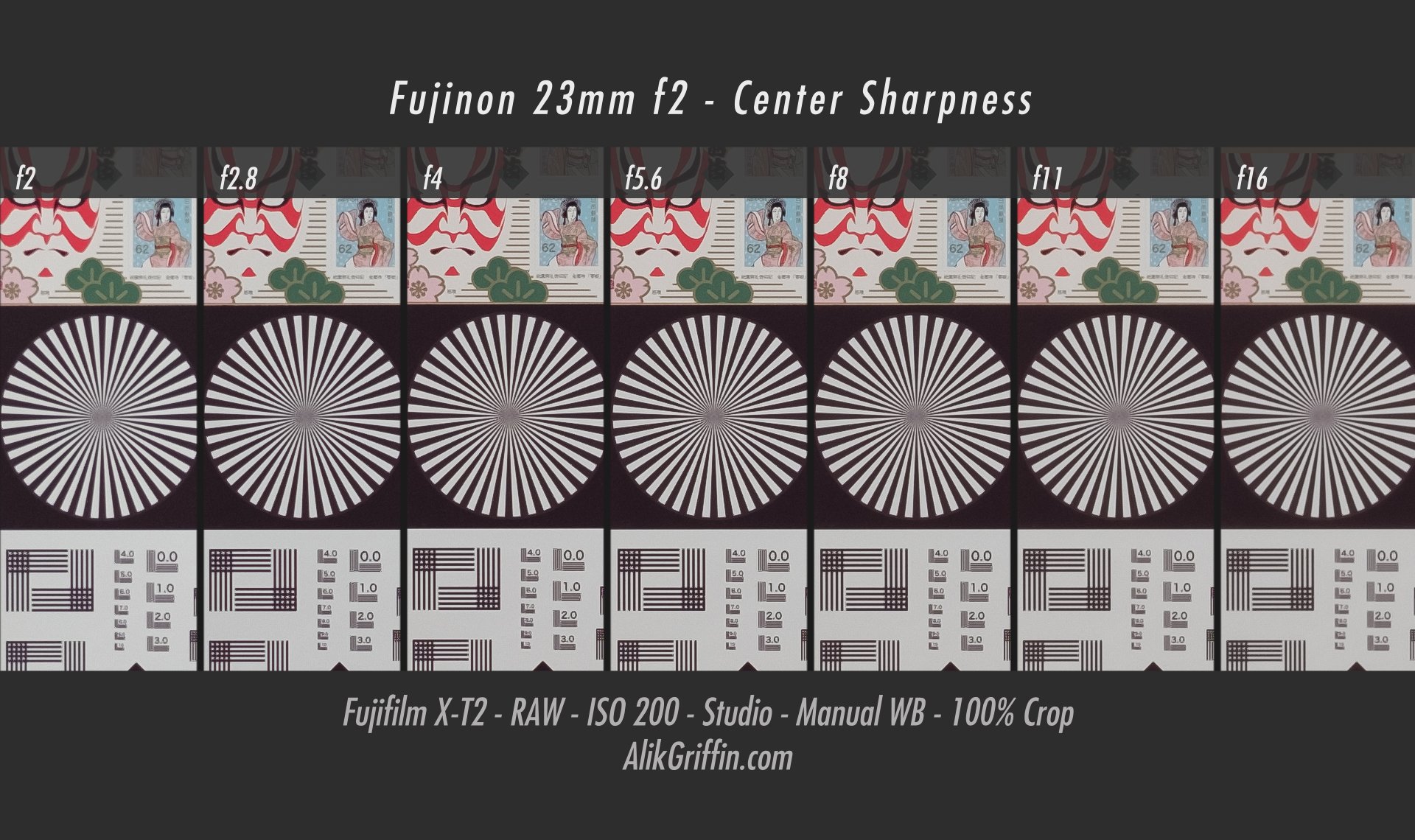
Corner sharpness is really nice at f4 to f8, but at f2 and f2.8, things get a little softer, and you’ll see some of those ghosty characteristics that a lot of fast lenses have in their corners.
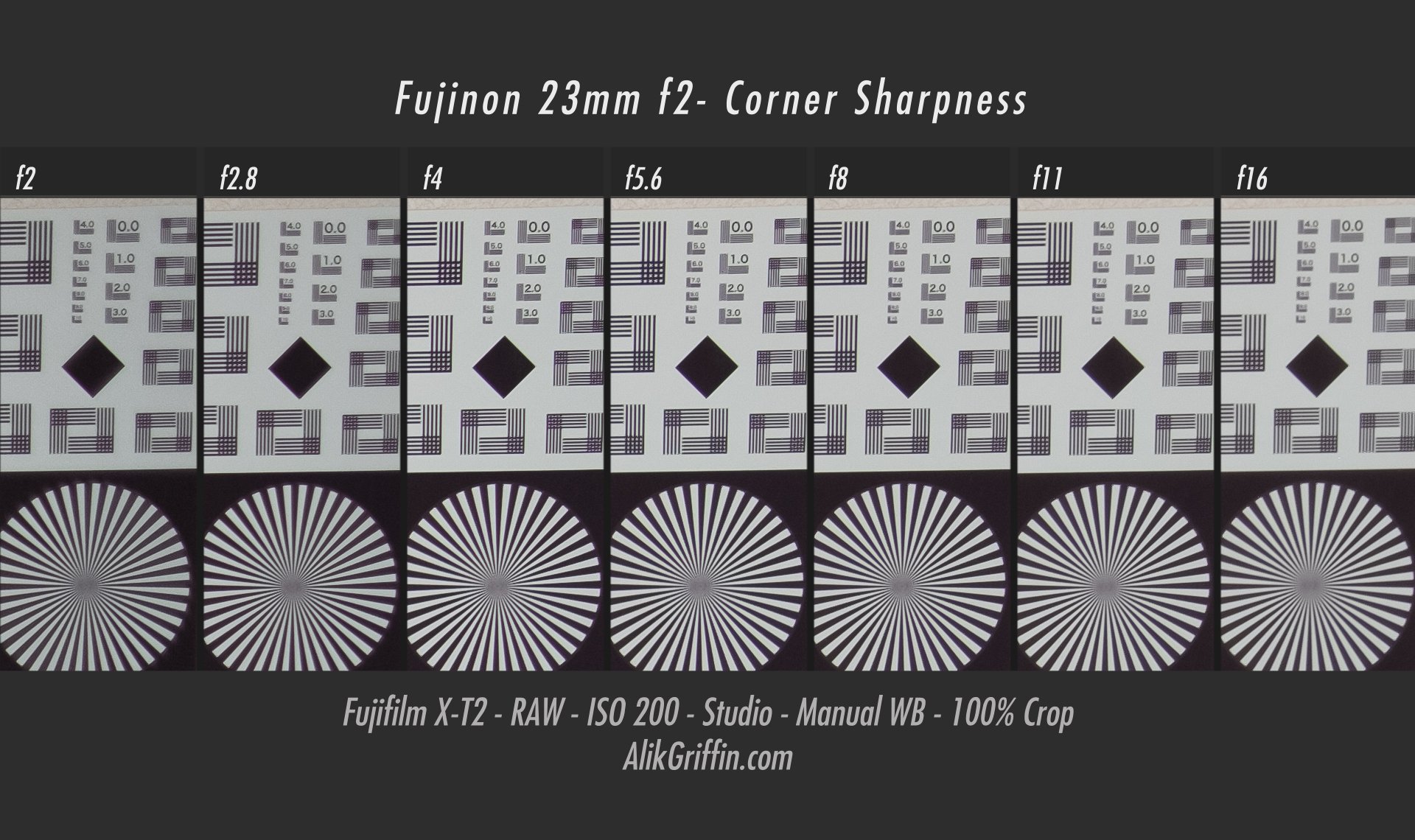
Vignetting
The Fujinon 23mm f2 does have some vignetting. The camera does correct for a lot of this and bakes it into the RAW files, but it doesn’t remove everything.
For this sample at f2, I stripped the vignetting correction out of the RAW file with Iridient Developer. The camera will correct for much of this but it’s mostly gone by f4.
The vignetting here is a little lighter on the bottom because I shot the sky and it had a natural gradient.

Distortion
The 23mm f2 does have very subtle barrel distortion, but it’s pretty well controlled, and it will likely not affect your images.
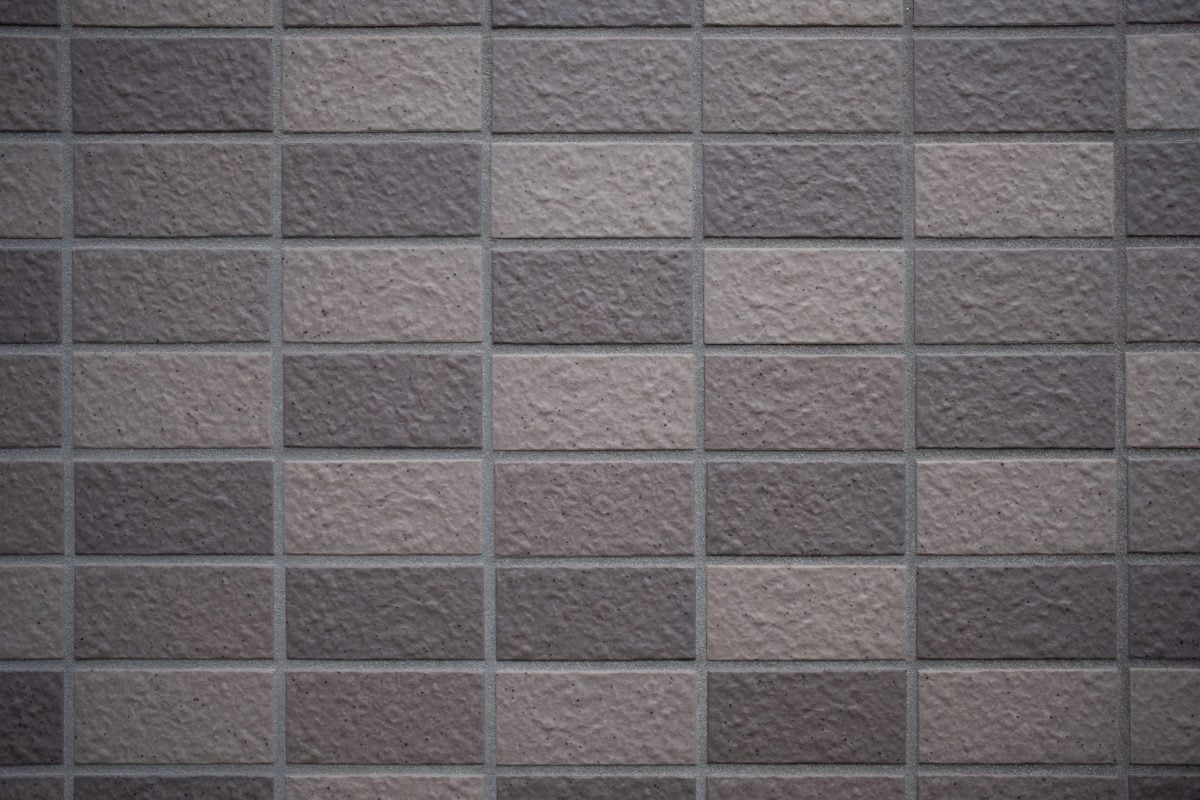
Chromatic Aberrations
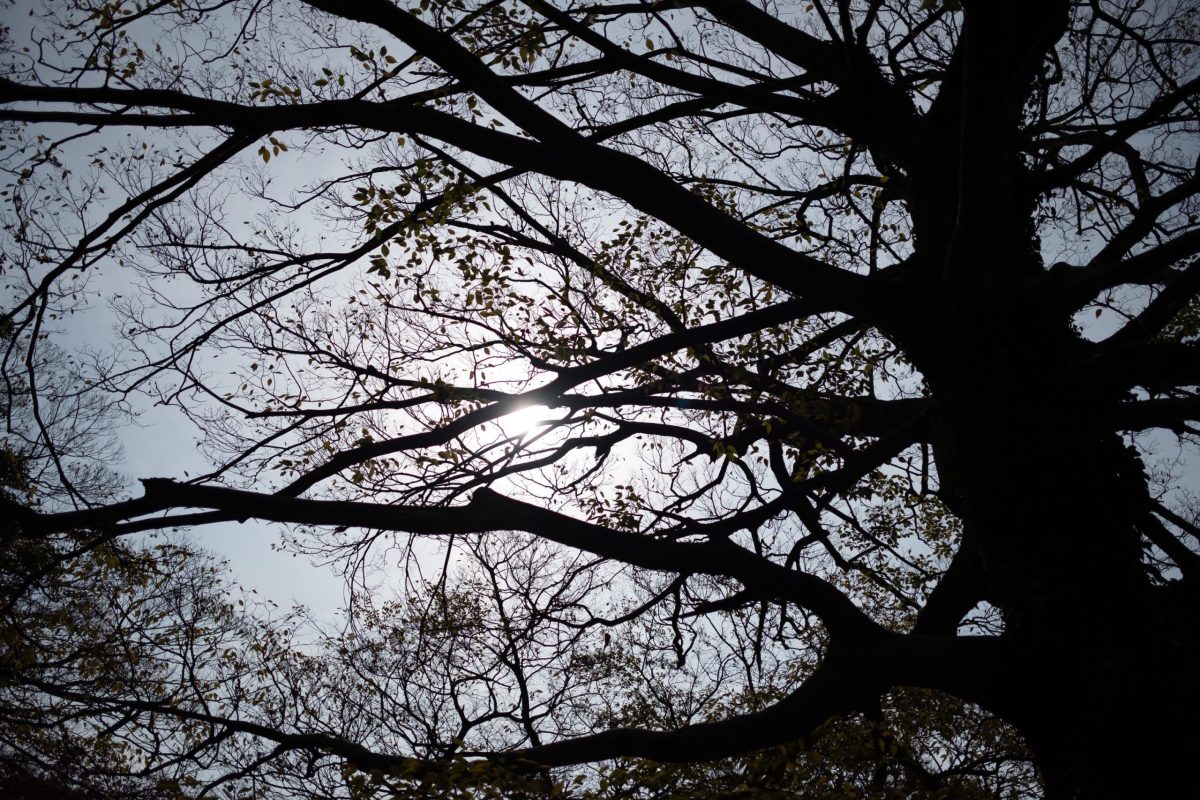
The 23mm f2 is very well corrected for chromatic aberrations. However, you’ll still see them under a stress test, like shooting branches into the sun at f2.
You can also see some green fringing in this photo below. I believe that would be called Longitudinal Chromatic aberrations, or LCA. This means areas beyond the focus point will be green, and areas in front of the focus usually shift purple. The tree above would be Lateral Chromatic Aberrations due to high-contrast edges.
CA hasn’t been a problem with this lens generally, but pretty much every lens I’ve ever used has some sort of issue with CA. Even the glasses that I wear on my face produce LCA.

Flaring

Flaring is very well controlled, but like with any lens, if the sun is in the perfect wrong spot, it will produce some unpleasant streaks. This will be referred to as veil flaring. It’s a little unpleasant with this lens.
Sun stars look good for the most part, very defined shape and you can shoot into the sun without it blowing out your color and contrast.

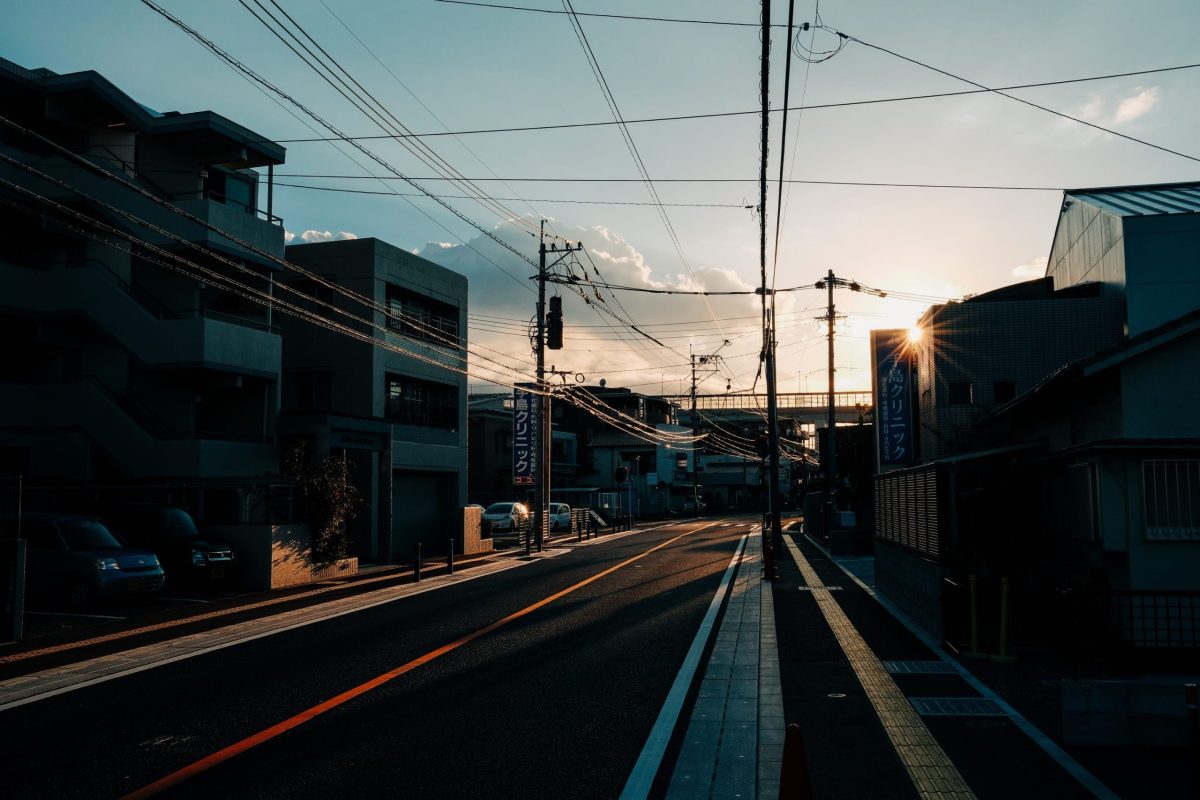
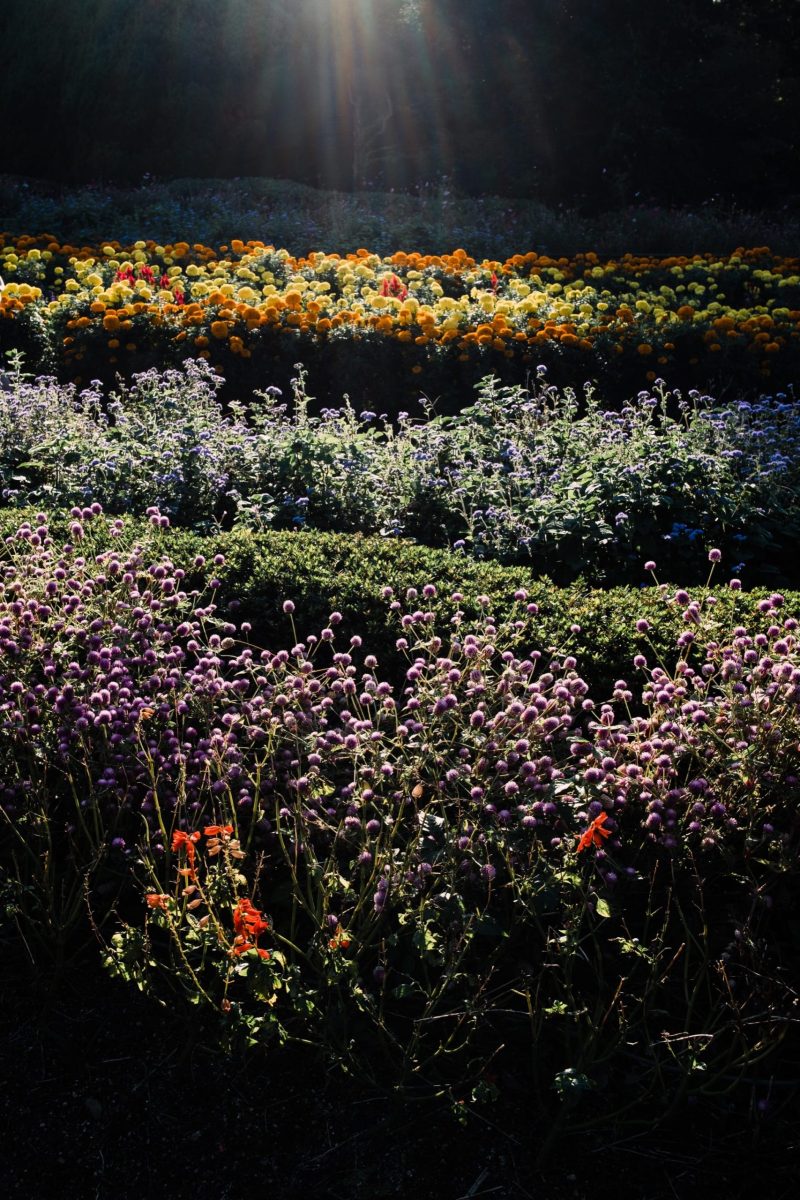
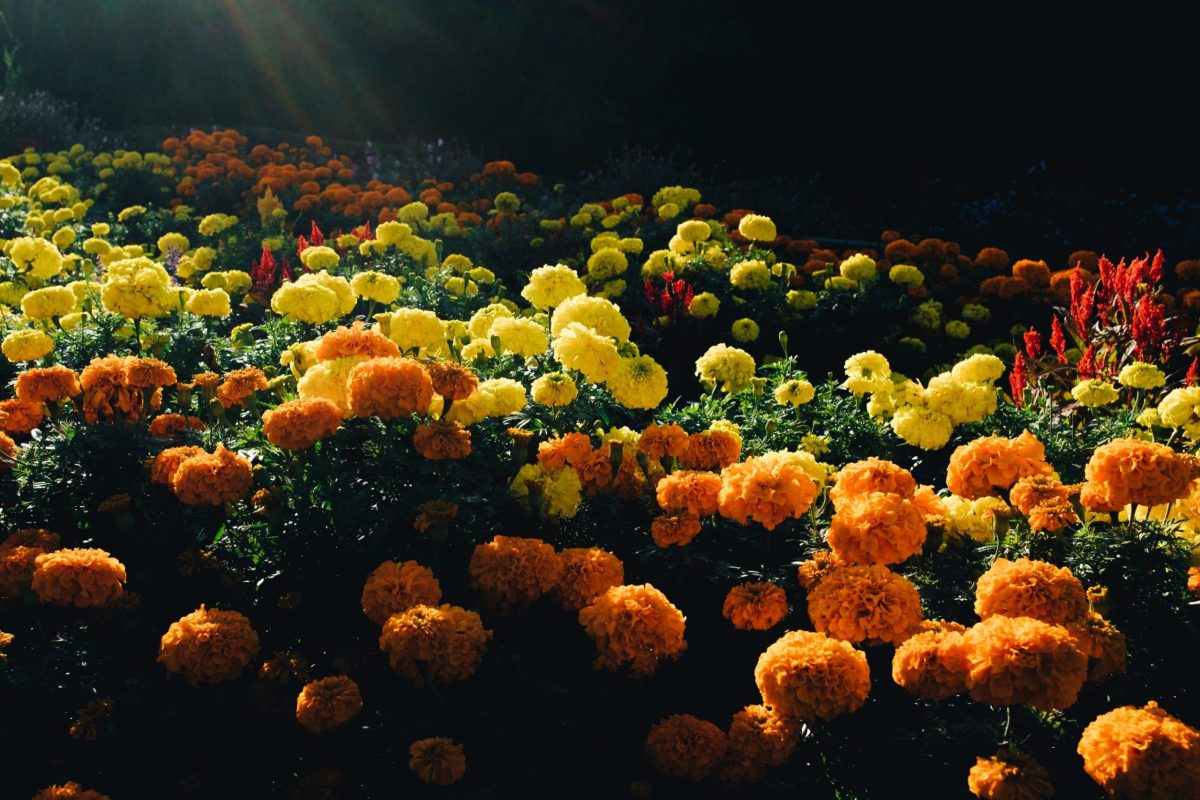
Art & Character
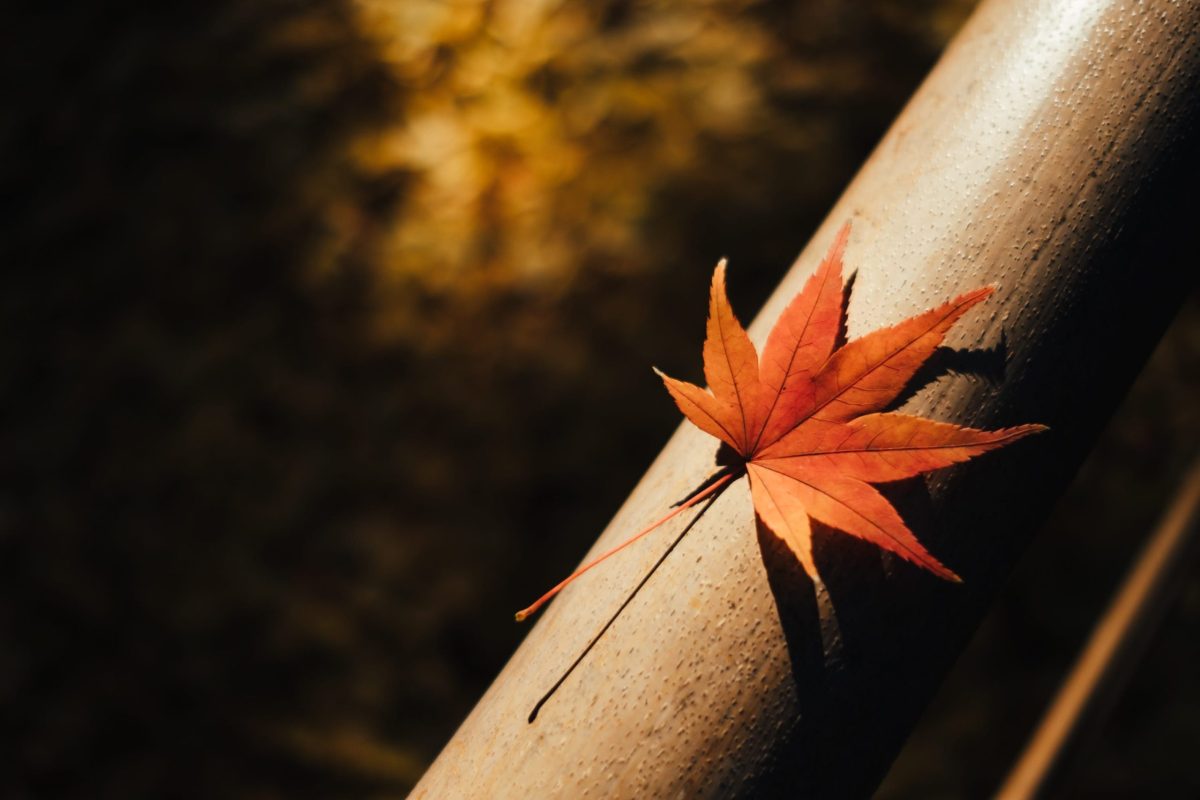
The Fujinon 23mm f2 has some very nice natural color and contrast. You’ll see people say this lens is clinical because it doesn’t produce wild bokeh or crazy lens flares, while this is true, the lens still has some really nice character and I definitely wouldn’t call it clinical.
You can often get more pop (also called micro contrast) with a low-element lens like the 7Artisans 25mm f1.8 or the Meike 35mm f1.7, but you don’t get as corrected of a lens as something like this. Unfortunately, most people only care about sharpness anymore, so big companies like Fujifilm are forced to pump out fairly corrected lenses, or the pixel-peeping reviewers would destroy them. Fujifilm could probably make a bigger f2 lens with a lower element count and better pop, but I don’t think it would be as appealing.
The Fujinon 23mm f2 is about as good as you’ll get from a big company in terms of color, contrast, and micro-contrast for a lens this small. Believe it or not, Sony has a few good ones too, like the Sony Zeiss 35mm f2.8 and the 50mm f1.8. Actually, the Sony Zeiss 35mm f2.8 has a little more pop than this lens, but it has some pretty nasty color ring patterns.
The 23mm f2 is also a hair better than the 23mm f1.4 with color and micro contrast, just a hair.
You get slightly more details in the color and tonal gradations. This is different than contrast and sharpness so it’s very hard to measure and people think it’s sort of pseudoscience Jedi nonsense. It’s not, it’s real and it’s very important, especially for people like me with an eye condition and can never see anything perfectly sharp anyway. I would take a lens with a lot of pop over a sharper lens unless I’m shooting landscape photography.
If you want even more micro contrast, there are a few Chinese brands making lenses that will just punch you in the face. 7Artisans has a few, Handevision has a few and Meike are all good options. Check out my post here from the Meike 35mm f1.7. You can see how the images just jump out at you. The 7Artisans 25mm f1.8 lens is a micro-contrast god, even though the build is horrendous and the corners and edges are horrible.
Bokeh
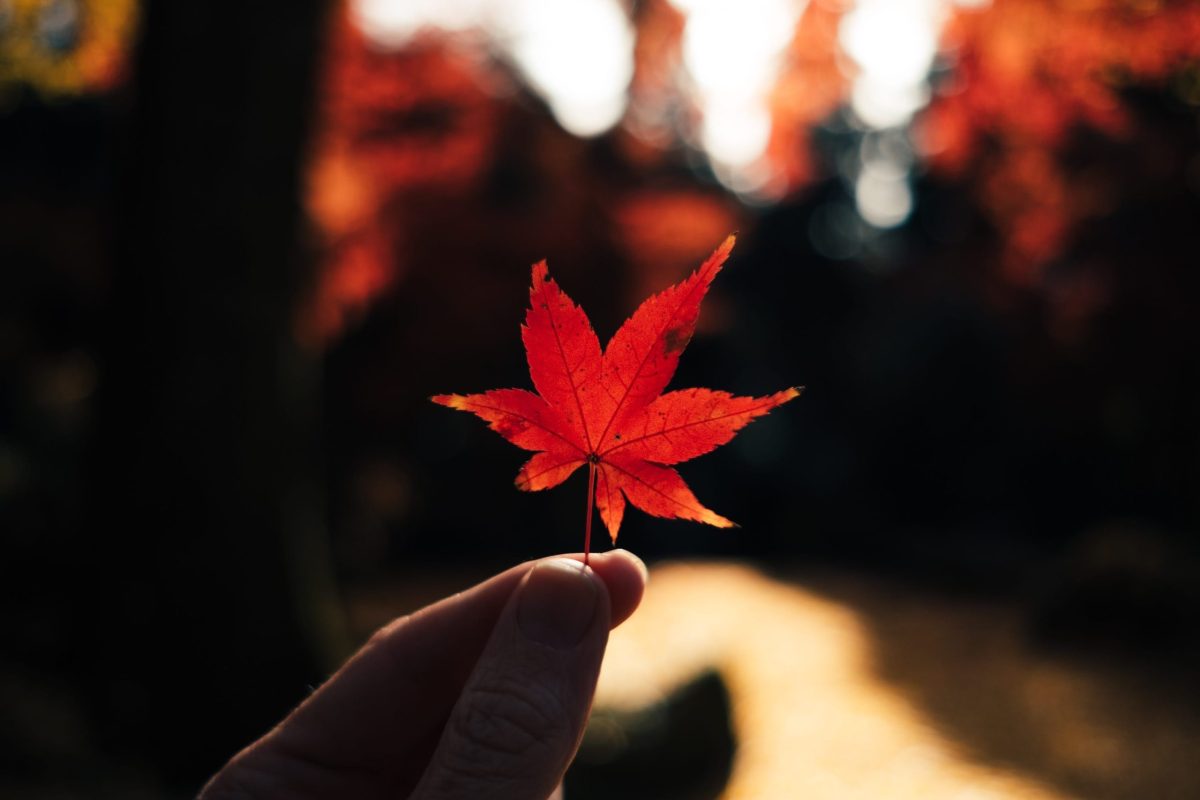
I’m not too wildly impressed by the bokeh of this lens but it’s not terrible. There is some cat’s eyes along the edges so it causes a minor swirl pattern to the bokeh.
Although the lens is only f2, the minimum focus allows you to get very close to your subject. So if you’re shooting a small object close to the lens, you can actually out-bokeh the 23mm f1.4, since you can get much closer, and shallow depth of field is also based on distance not just aperture size.
Here are a ton of bokeh samples, most of them are straight out of the camera except for the two maple leaf shots. As long as you don’t have any sharp highlights in the background it looks pretty smooth.

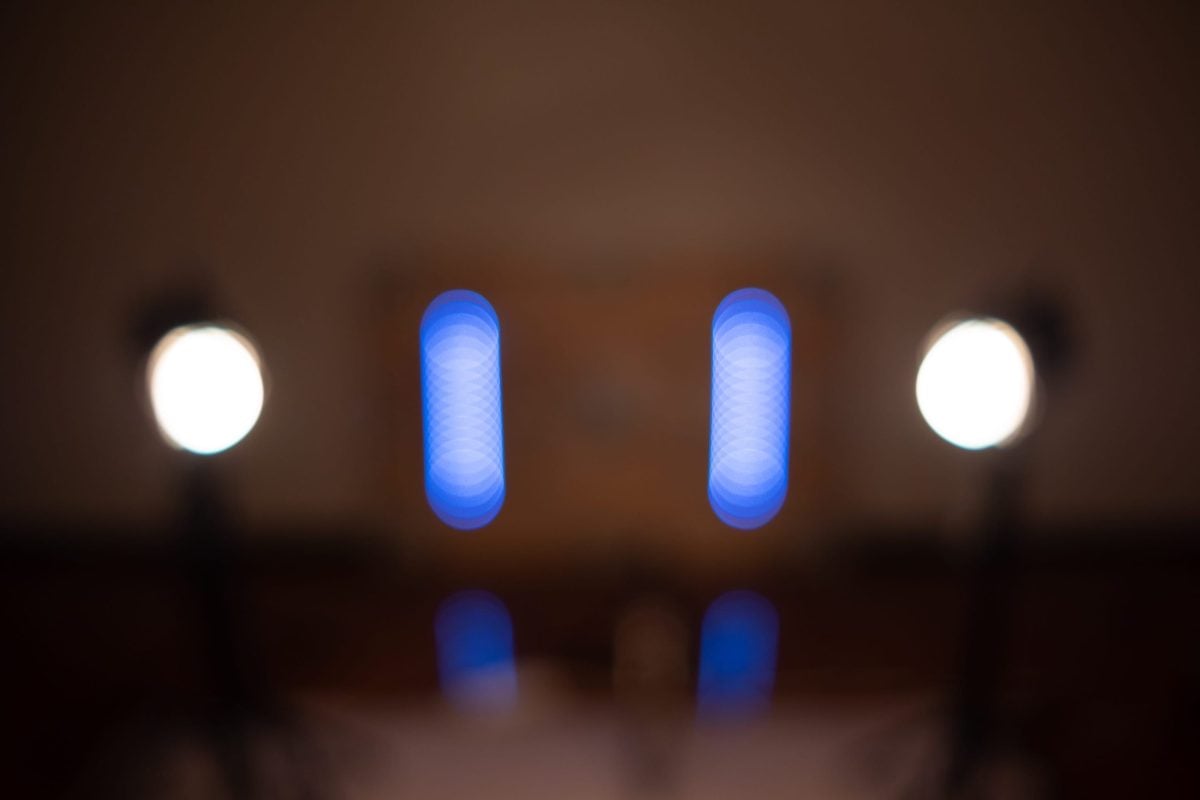
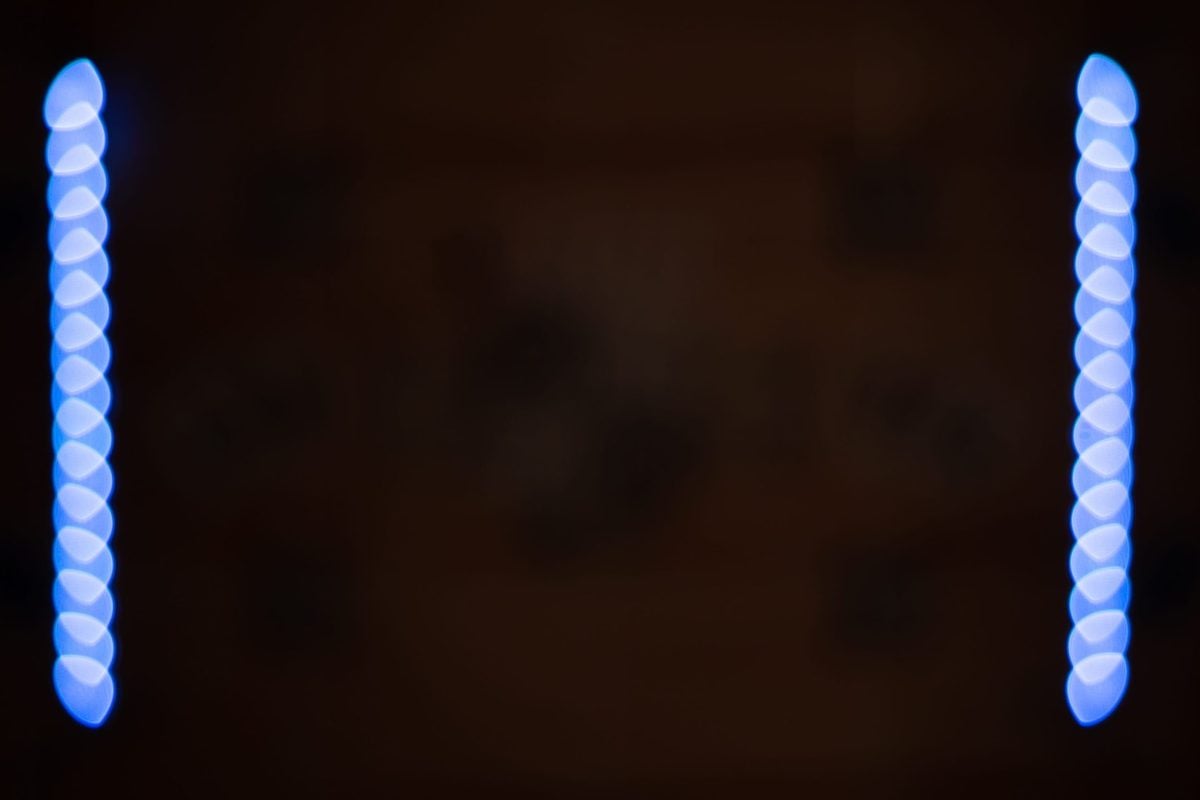


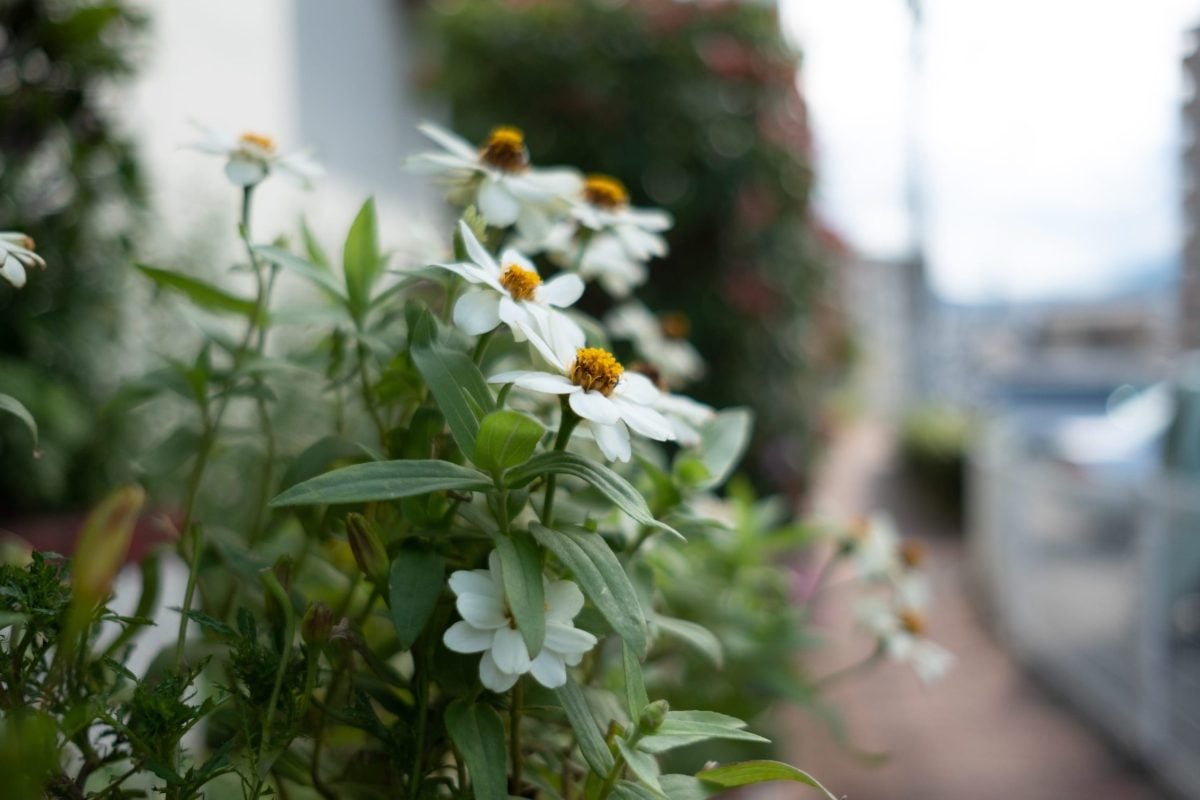


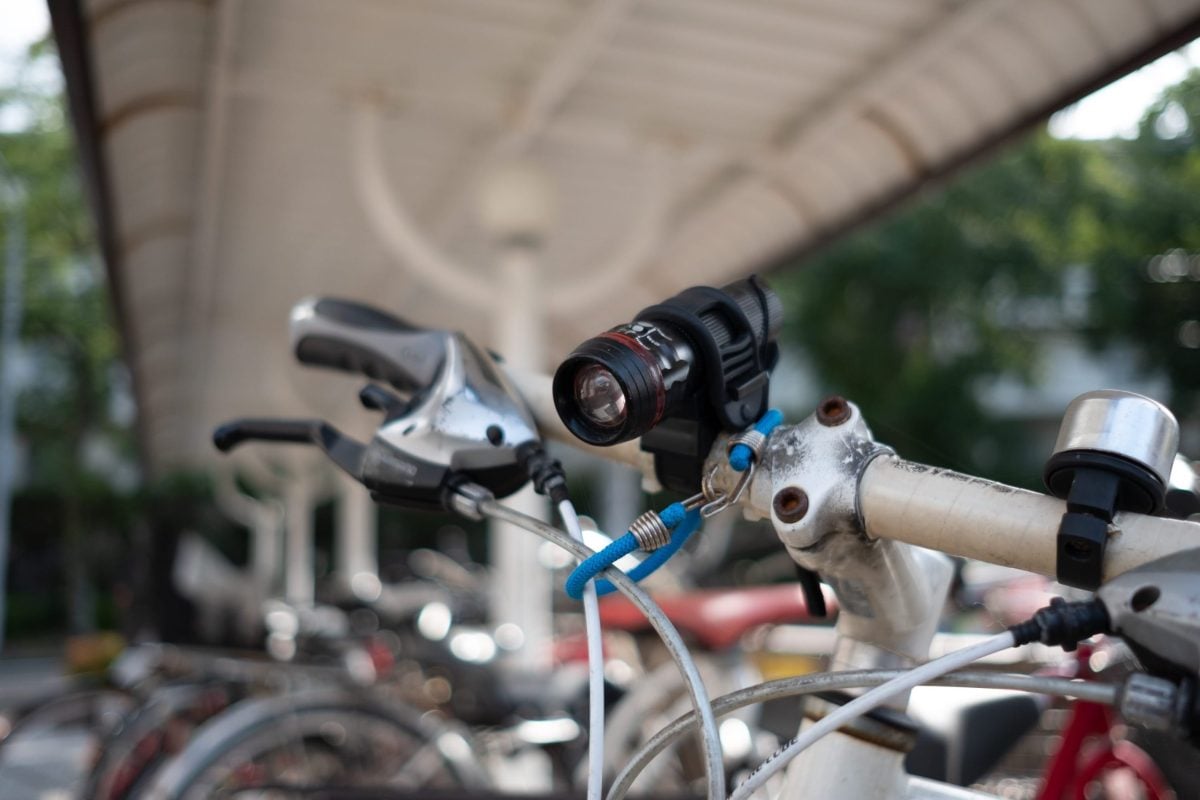
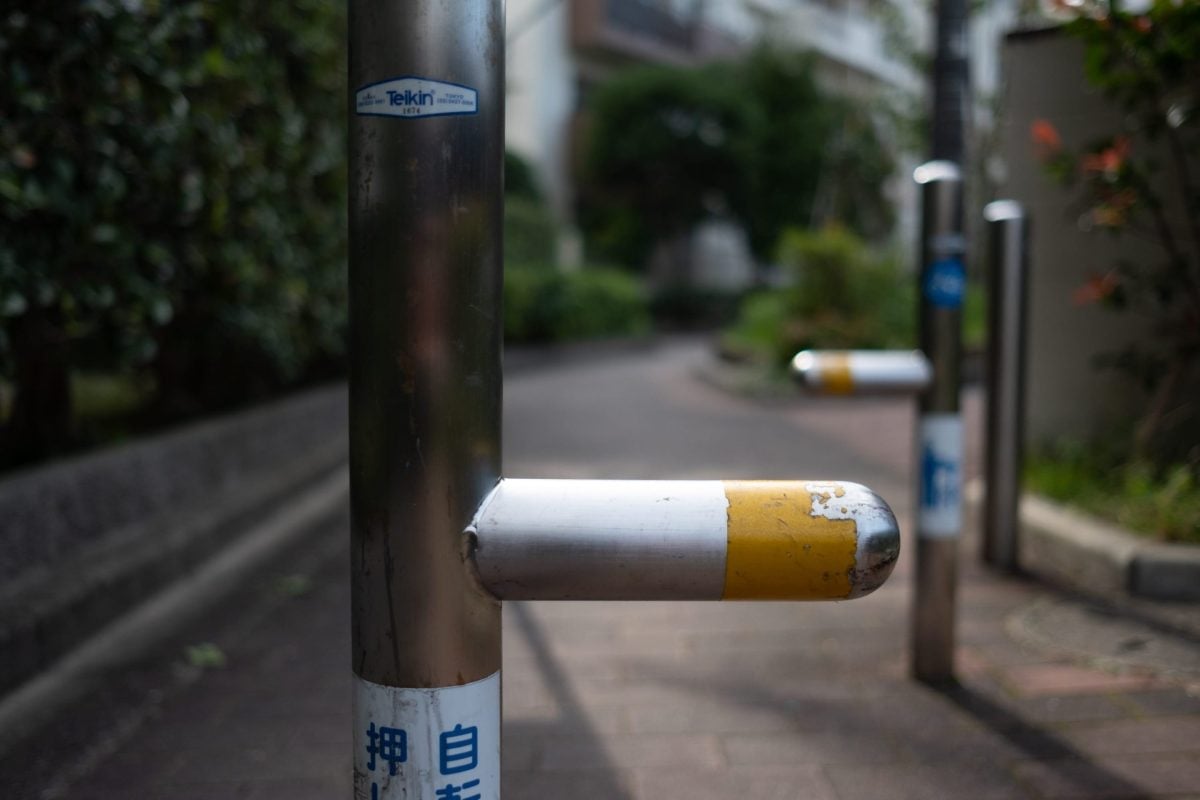
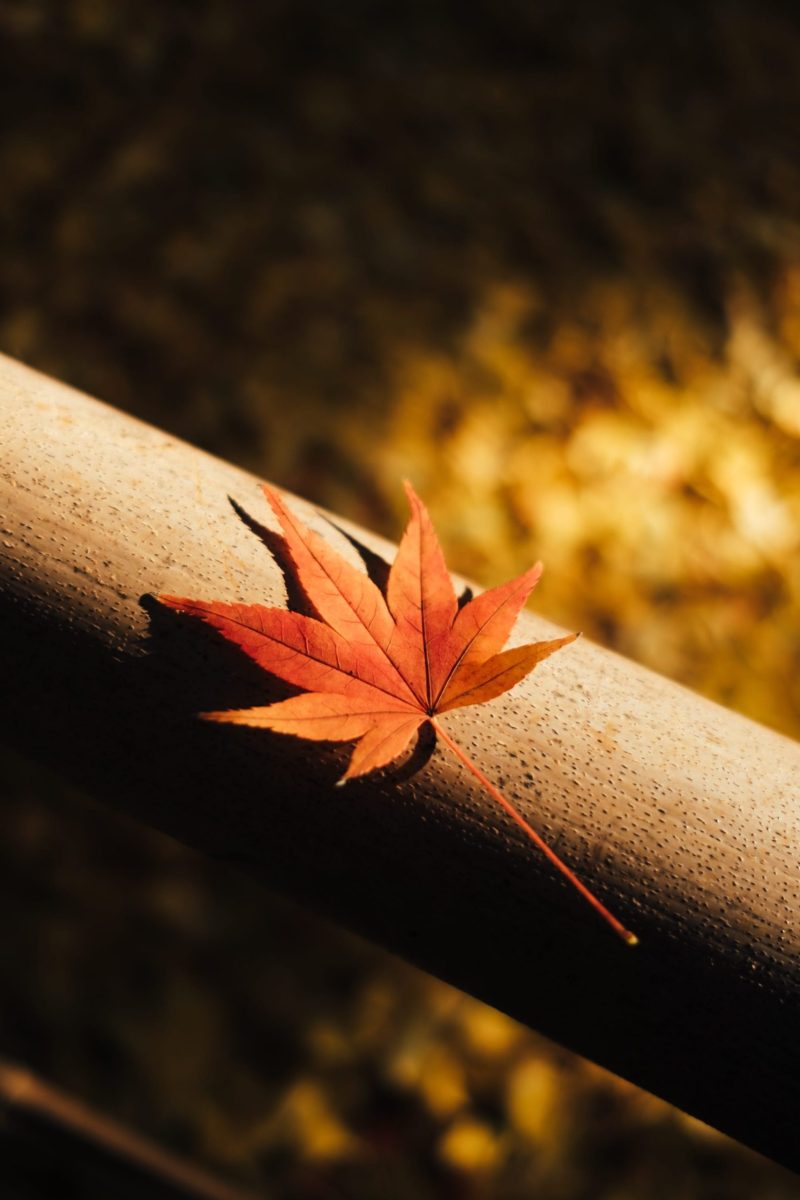

Color Rendering & Contrast
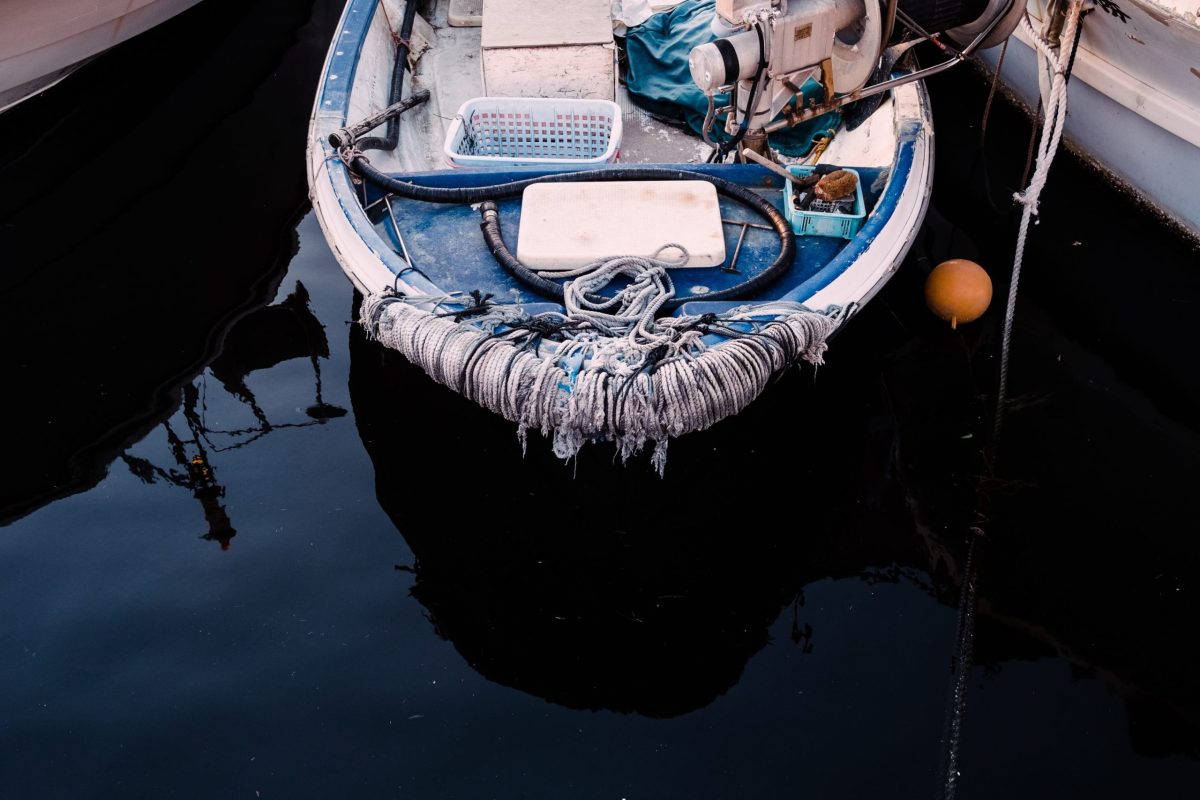
The colors look really nice right out of the camera. They’ll be more punchy if you shoot JPG since Fujifilm keeps their raws a little more flat.
SOOC
These are some straight-out-of-camera samples shot RAW and thrown into Lightroom. So they’re Adobe Camera RAW.
These are a mix of photos taken with the X-Pro2 and the X-T3.
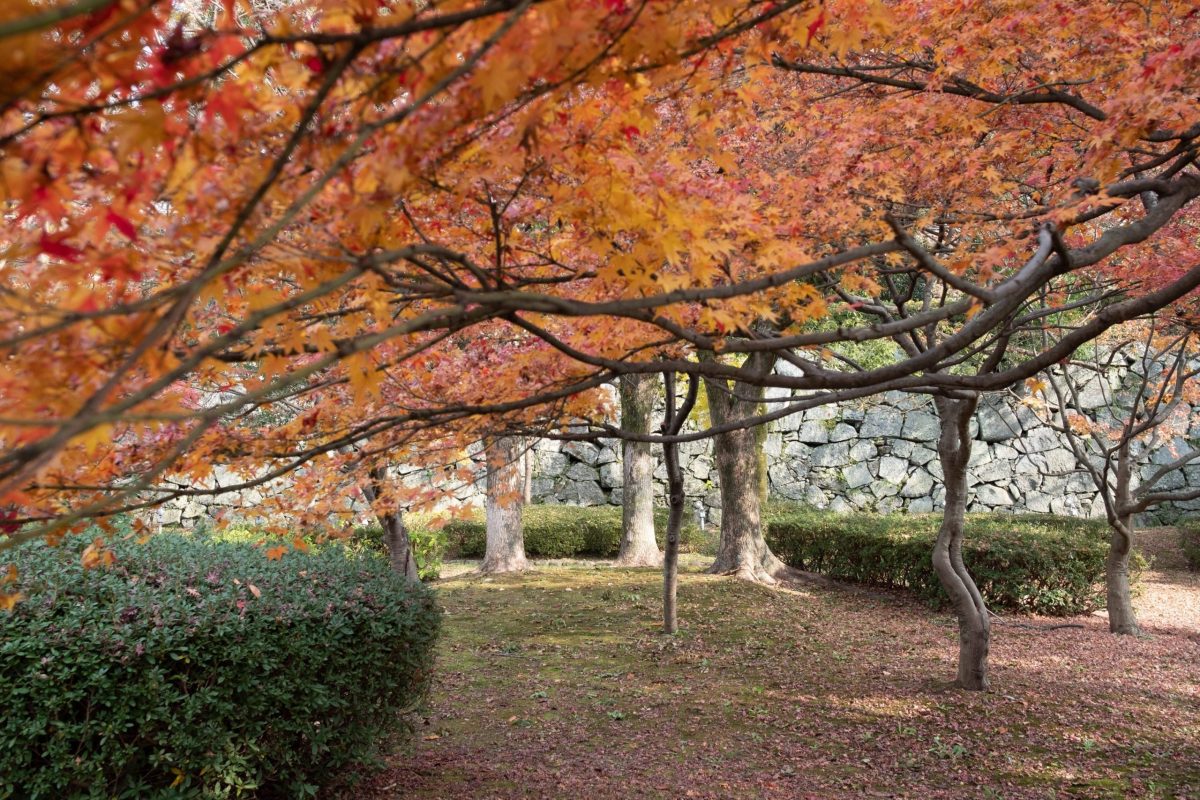
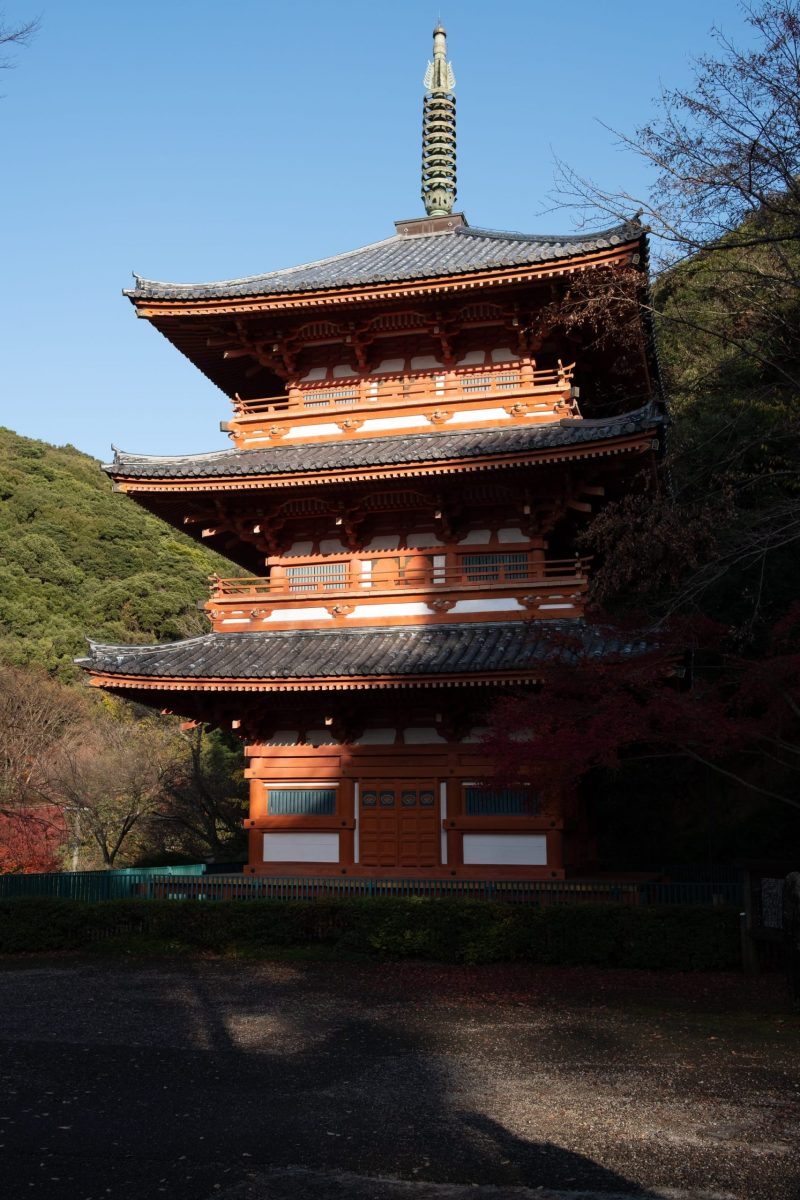


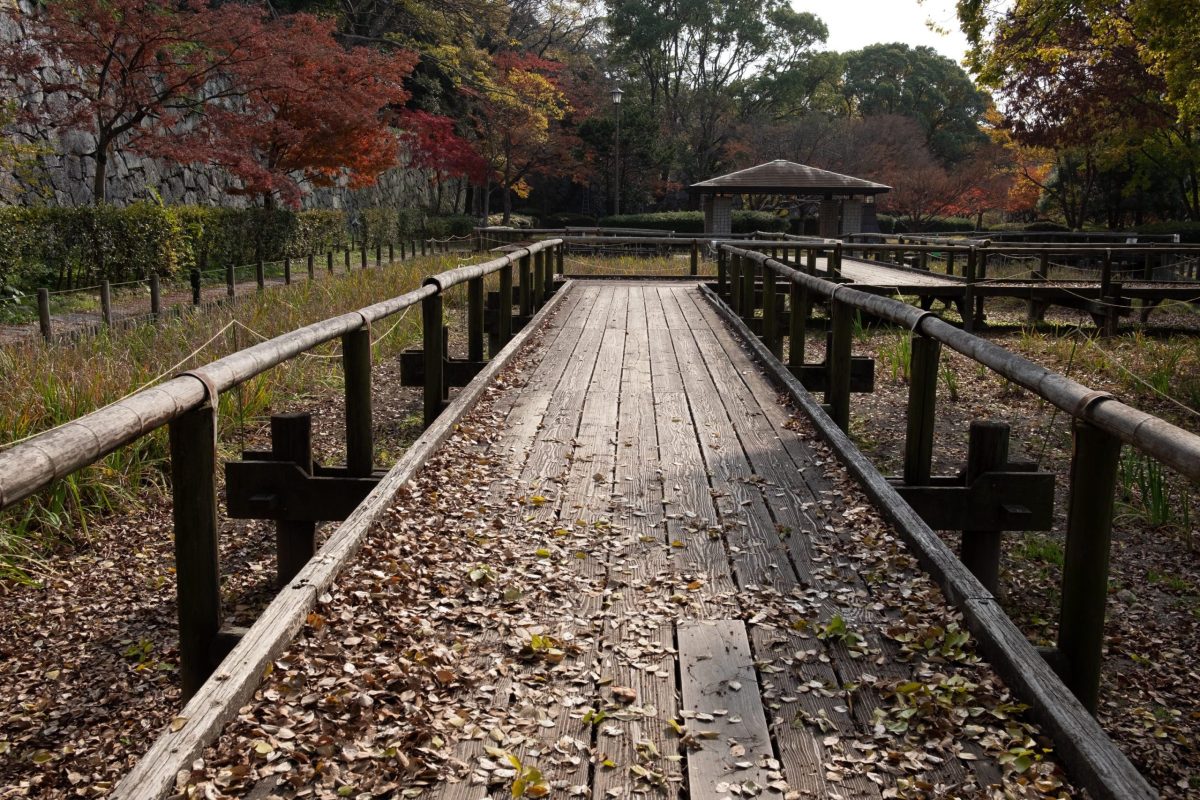
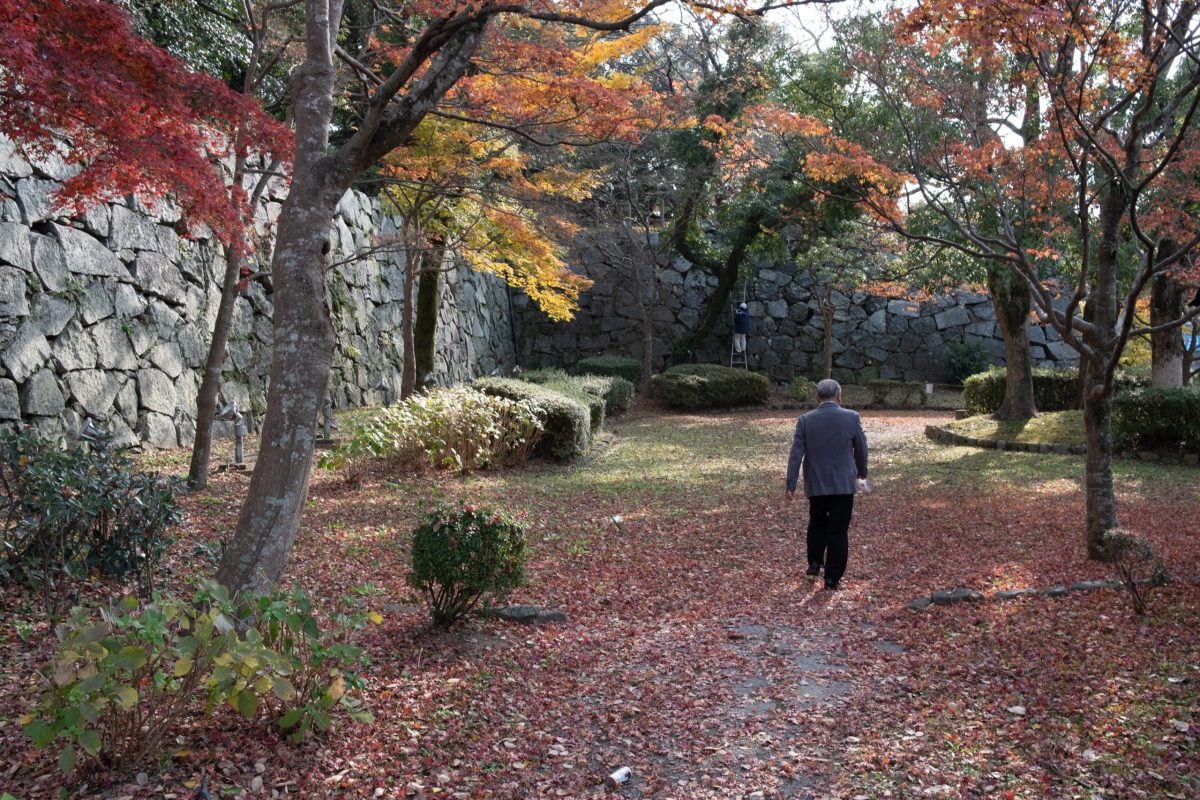

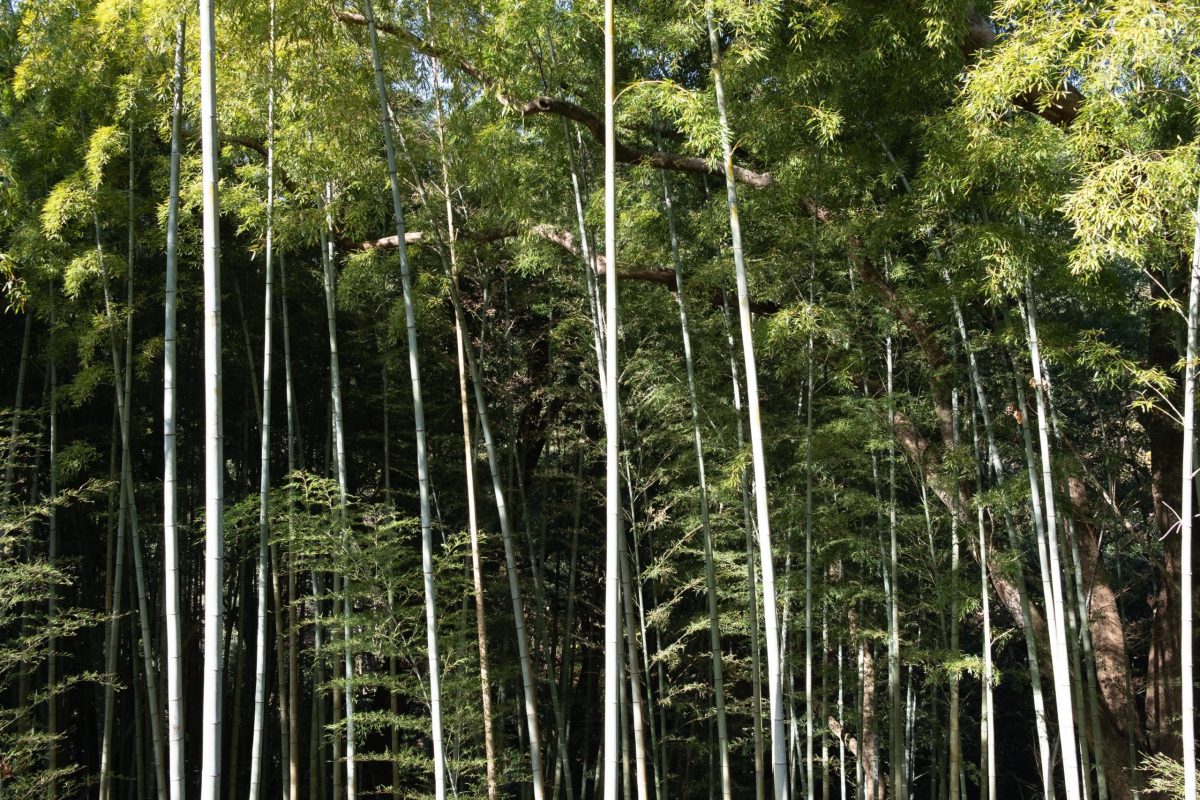



Micro-Contrast

I always like to show black and white to see a lens microcontrast since you can really see the tonal details. With a good micro-contrast lens, black-and-white photography will have so much punch and crispness to it, even if it’s slightly out of focus. But you do actually get better color gradation as well.
In fact, some camera sensors actually produce these details better than others. That is probably why people generally love Fujifilm and Canon image output. I’ve noticed their latest sensors do produce slightly better color gradations and inner tonal details compared to some of the other brands.
When comparing the Fujinon f2 lenses to their faster brothers, you will also see slightly better micro contrast and color, likely because they are using thinner elements and not as many, which sort of provides less resistance for the light.
If you need a black-and-white lens and you want great detail and tonal depth, these f2 lenses are fantastic.
As mentioned above, you can get better micro contrast with some cheap Chinese lenses, however, they won’t be as corrected as this lens and they won’t have autofocus.
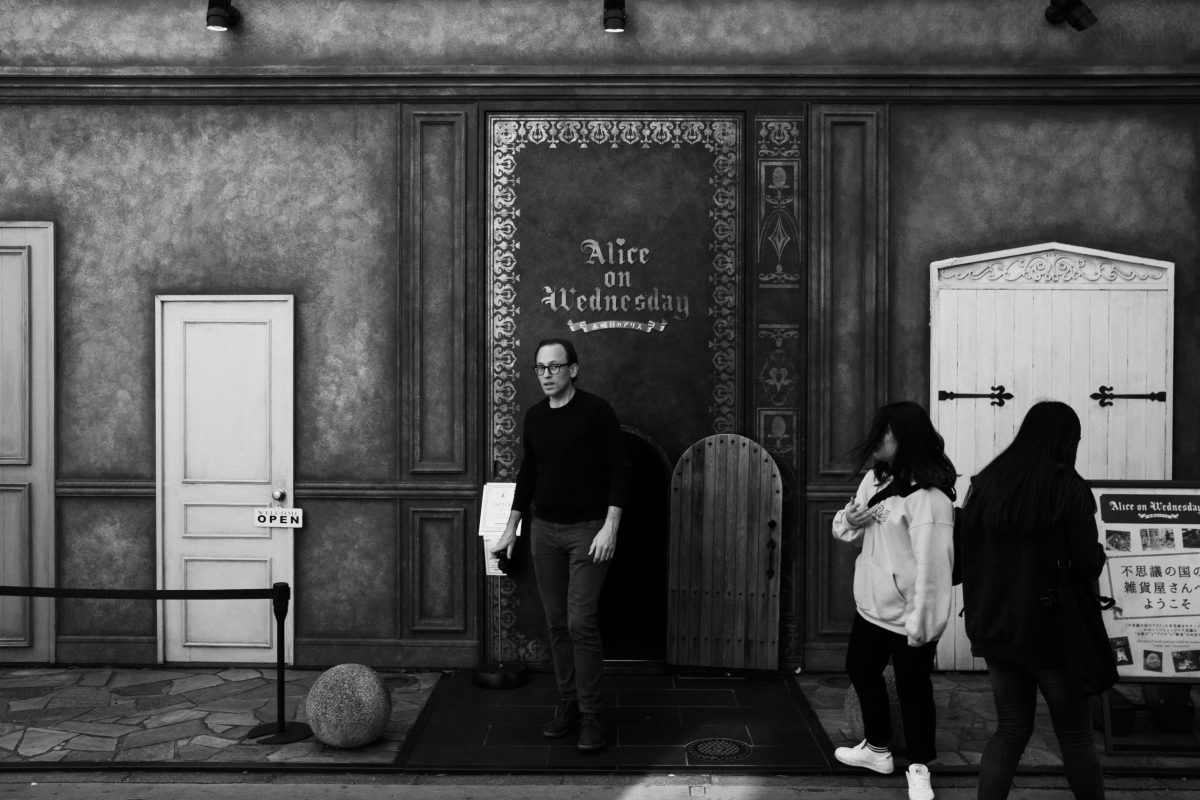

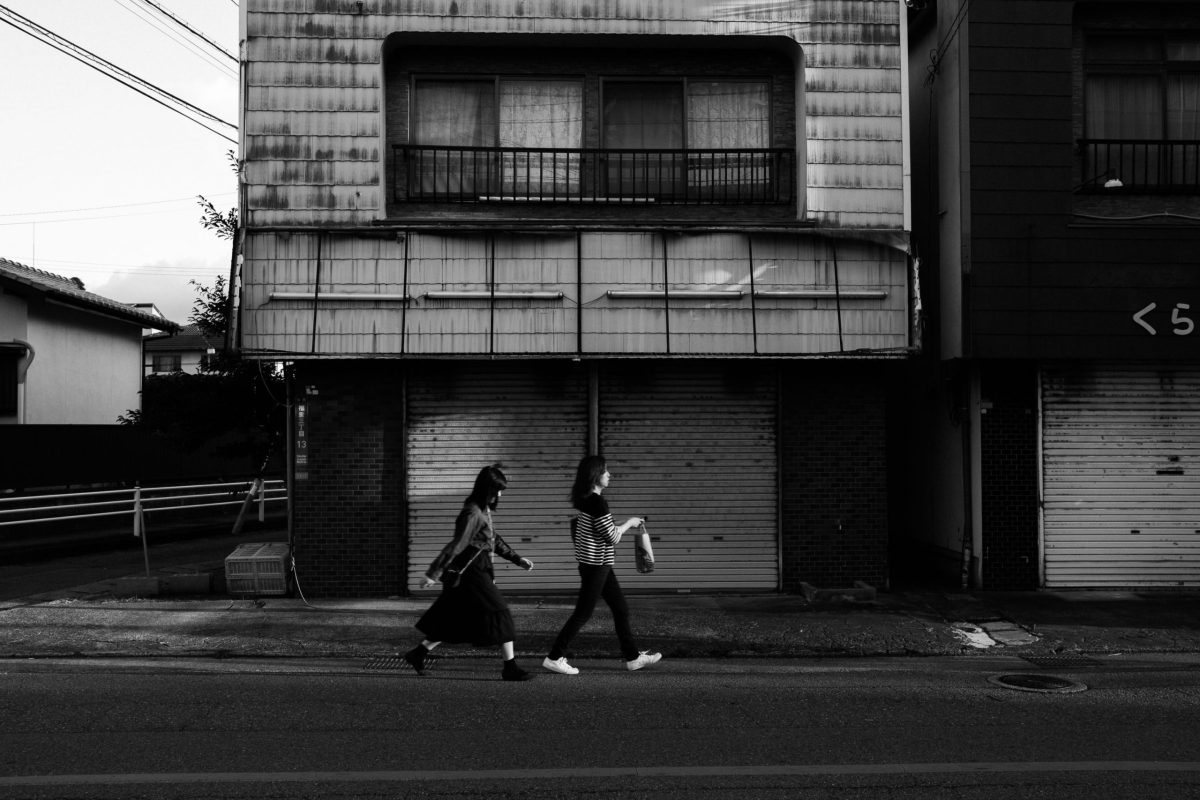

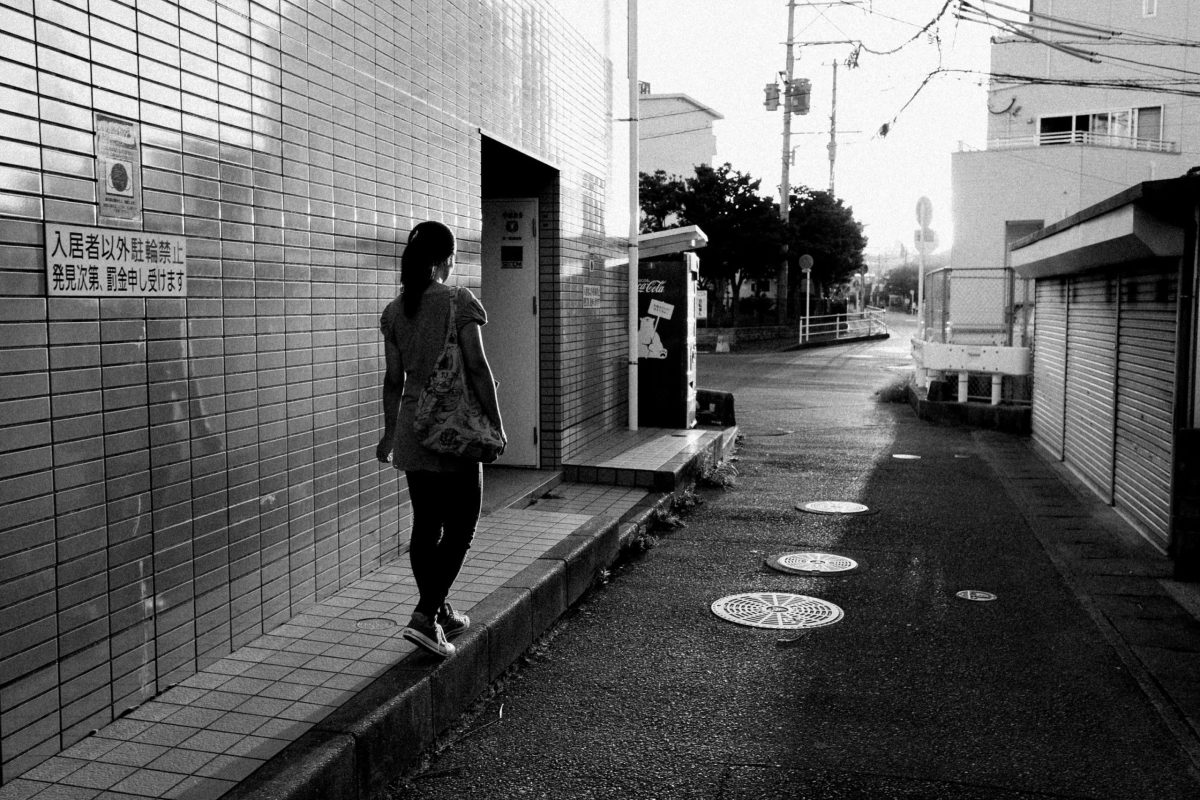

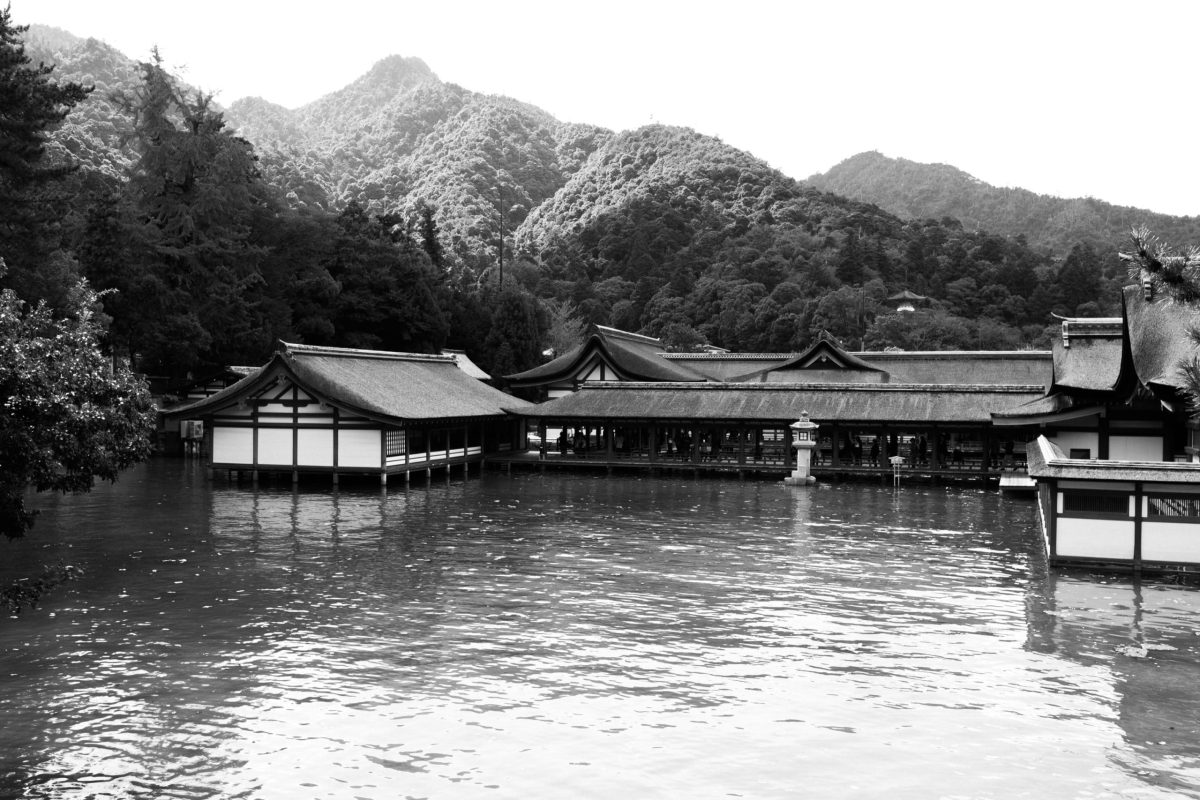
Fujinon 23mm f2 Review | Bottom Line
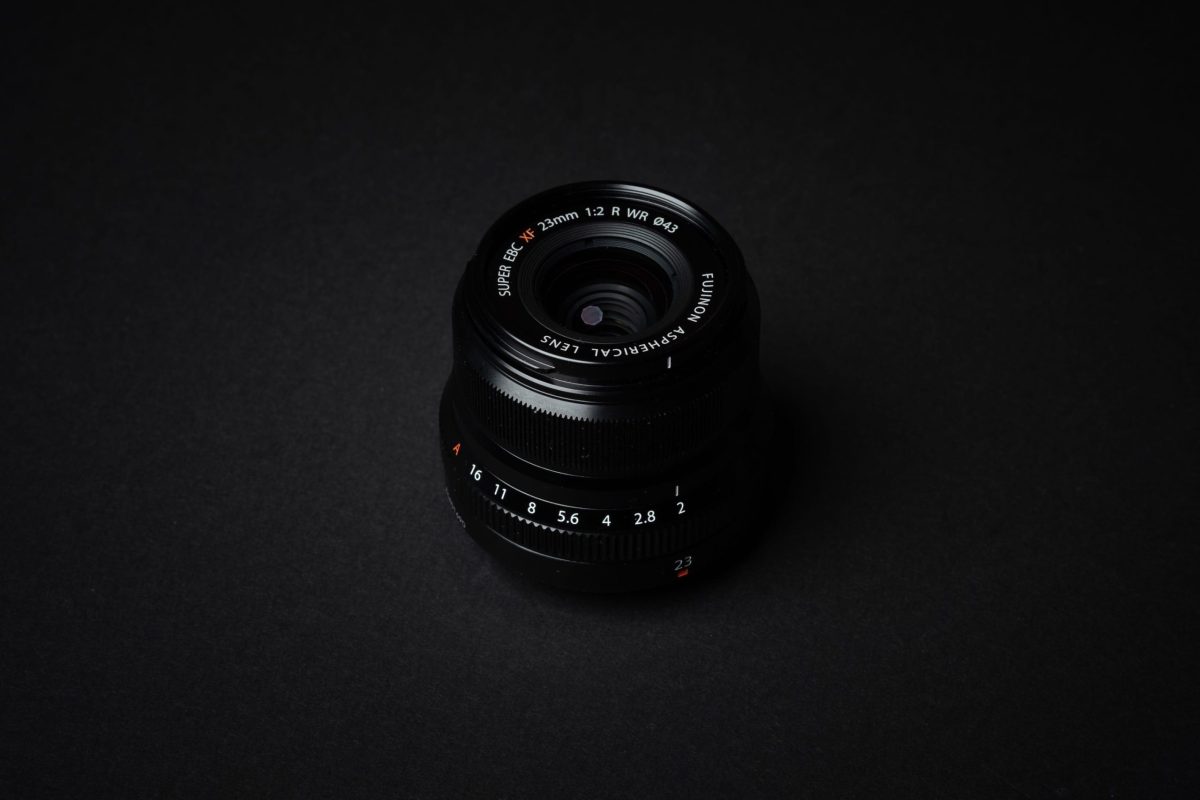
The Fujinon 23mm f2 isn’t a perfect lens, and I probably wouldn’t recommend it for the hardcore snobby professional, but, it has so much going for it that I love. 23mm is really my favorite focal length on an APS-C camera. It gives you just about 35mm which I think is perfect for casual and street photography or even video. It’s probably the most versatile focal length, even more so than a full frame 50mm in my opinion.
Because of the size, the weight, the fast and silent autofocus, and the great tonal details you get from the nice micro-contrast, this is Fujifilm’s best street photography lens period. It’s small and low profile so you can throw it on an X-E3 and have a really compact lightweight system like the X100F, but optically better.
Or, if you just picked up a Fujifilm X-T3 and want to unleash the full potential of the autofocus system, the 23mm f2 will not skip a beat. Put the X-T3 in face tracking and you can snipe street photos all day long without missing a shot.
When I’m going out, I almost always take this lens over my 23mm f1.4, unless I know I’m going shoot some sort of specialty portrait or something very unique where I would need f1.4. But if you’re a wedding photographer, portrait photographer or studio photographer, you’ll probably want that f1.4 over this lens. For everyone else, this is the way to go. Or, if you already own the 23mm f1.4 and want an additional travel/adventure lens, this is a great option.
The only other prime lenses right now that have autofocus besides this one would be the 23mm f1.4, or the Zeiss 32mm f1.8 Touit. Both cost almost twice as much, and this lens will be a lot better for the casual shooter because of the fast autofocus capabilities and weather sealing.

Other Lens Options
For those who want even more wild character and pop and want to experiment with manual focus, the $80-$100 Chinese lenses are the way to go. Consider them disposable as they sometimes have bad build quality and it will cost you more to ship it in for warranty repair than the lens is worth. But, they are a ton of fun if you have an extra $100 burning a hole in your pocket. I’ve reviewed and recommended a bunch of them already and people are loving them for fun casual photography.
Or, if you want just a really good manual focus 23mm lens for a great price, check out the Rokinon 21mm f1.4. I’ll be reviewing that lens soon. For the most part, Rokinon / Samyang APS-C lenses are the best manual focus lenses for Fujifilm. Optically they’re often almost just as good as Fujinon lenses, but sometimes better. They just have a bit wilder copy-to-copy variations you have to watch out for, so always test them after unboxing to make sure nothing is wrong or unusual.
Fujinon 23mm f2 Sample Photos



